Cosmos Tours – 13 Days – Day Nineteen to Day Twenty Five
“……….Glastonbury is, apparently, England’s equivalent to Australia’s Nimbin. We are told by RA it is the hippie centre of England and driving through the streets heading towards Glastonbury’s Abbey, I am NOT disappointed. I see a woman walking along the pavement with a 1960’s Afro hairdo, another with long loose hair wearing a caftan, a third with gingham shorts but elaborate body paint on both legs. Alistair parks the coach and as I set off to use my “free time” I then see some men openly smoking “roll your own” cigarettes, the air around them thick with the sweet plume of dried marihuana smouldering.
Shops like The Yin Yang of Glastonbury, Chalice Well, The Broomstick, The Goddess and The Greenman, Indigo Herbs Headquarters, Crystals, and Man Myth and Magik set the imagination on a certain tangent………I have found where the English loose their inhibitions and chase their inner voices………I chase my inner voice……….”
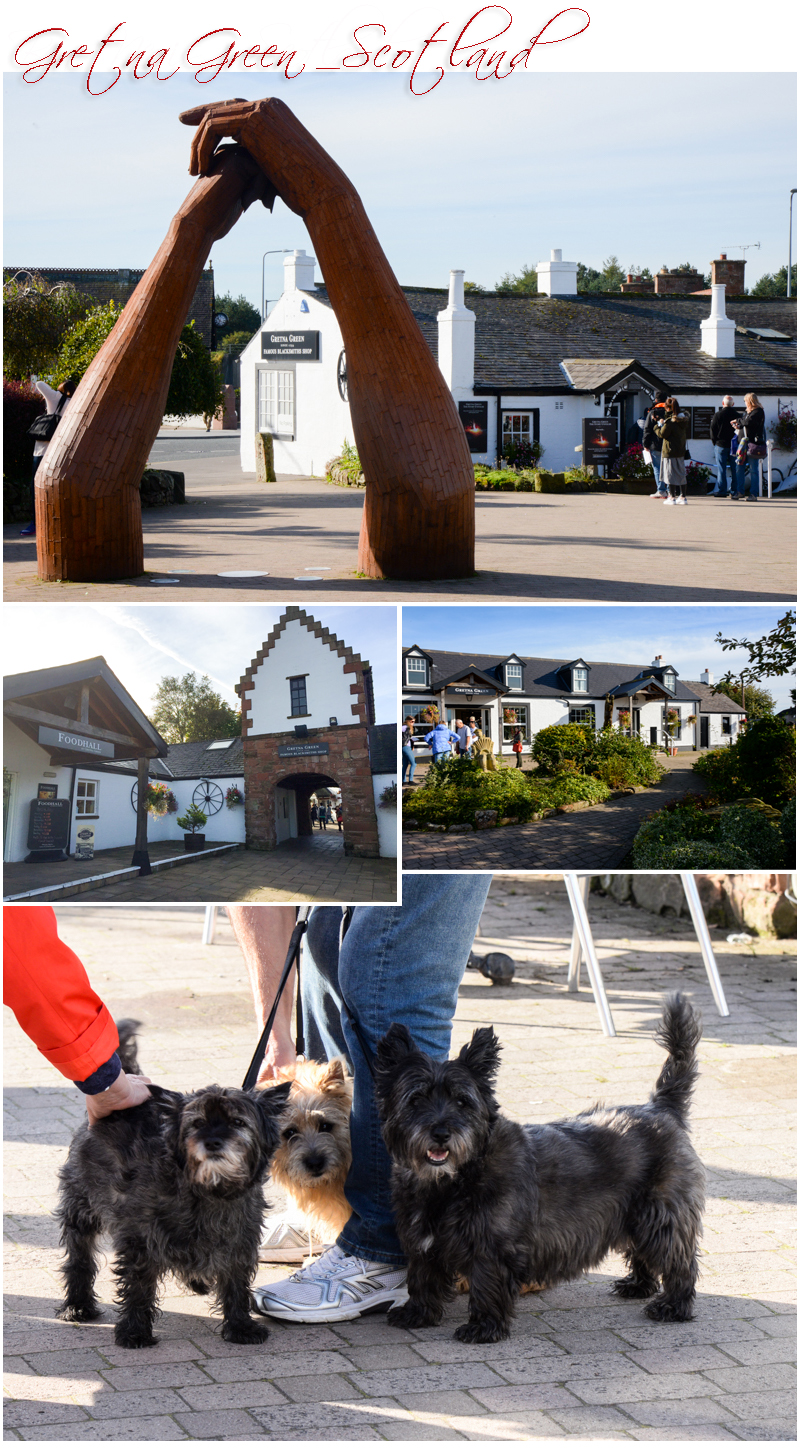 Yes some of the buildings are most probably restored and original but there’s new buildings, souvenirs, coffee, cake and food, pavements and gardens, and almost everything saleable, tartan and Scottish including trinkets and memorabilia that one might like or does not need in every direction you look. I’m sure this is entirely due to tourism and the constant influx of visitors to the tiny village. RA tells us it is one of the most popular destinations for weddings today and up to eighteen weddings a day occur here. Everything you might need to hire relative to weddings is also available including horse drawn carriages, luxury vehicles and even a fully decked out male highland piper. And HE looked amazing!
Yes some of the buildings are most probably restored and original but there’s new buildings, souvenirs, coffee, cake and food, pavements and gardens, and almost everything saleable, tartan and Scottish including trinkets and memorabilia that one might like or does not need in every direction you look. I’m sure this is entirely due to tourism and the constant influx of visitors to the tiny village. RA tells us it is one of the most popular destinations for weddings today and up to eighteen weddings a day occur here. Everything you might need to hire relative to weddings is also available including horse drawn carriages, luxury vehicles and even a fully decked out male highland piper. And HE looked amazing!
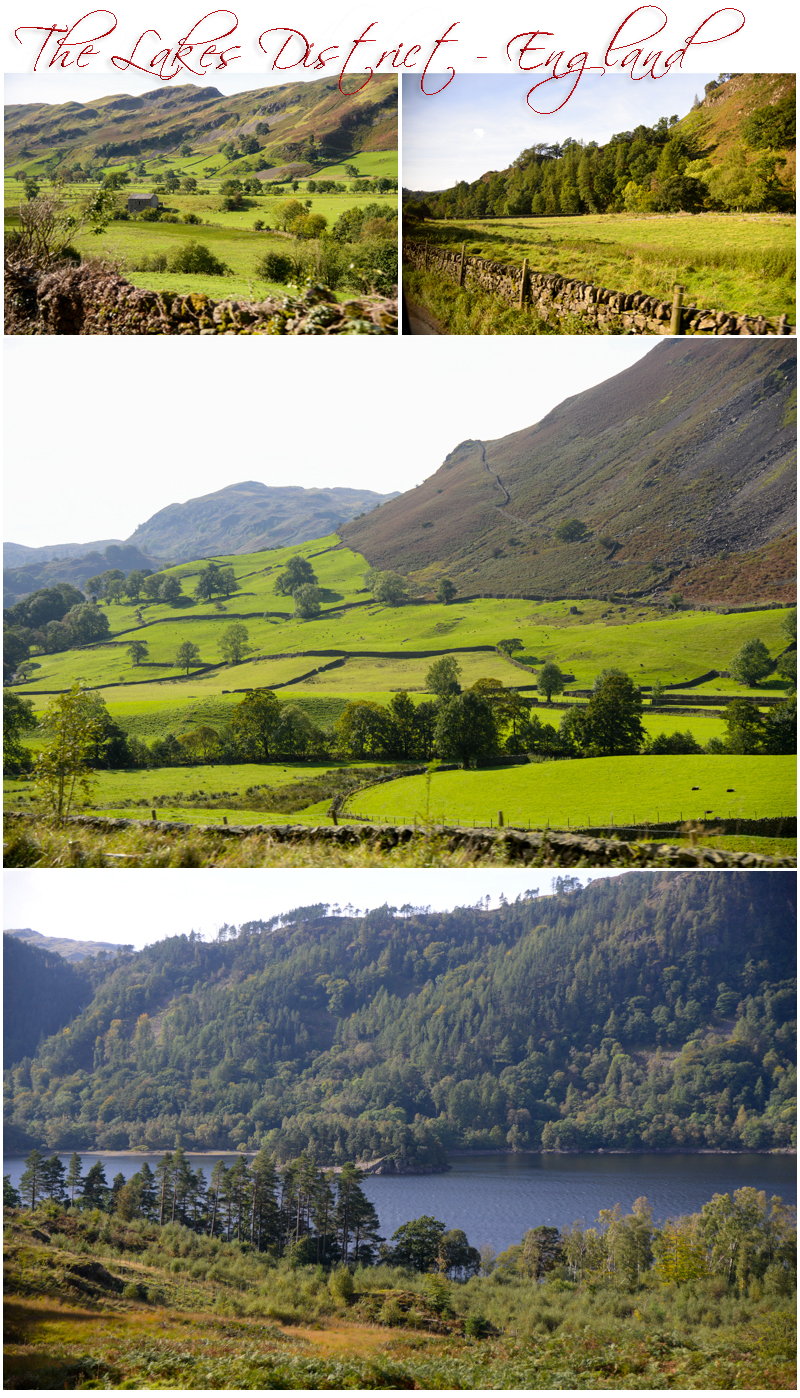 After Gretna Green the coach heads onto Grasmere, a small village and popular tourist destination, in the centre of the English Lakes District. Grasmere takes its name from the adjacent lake, and is associated with the Lake Poets. The famous poet William Wordsworth lived in Grasmere for fourteen years and believed it to be “the loveliest spot that man hath ever found”. (I’m thinking that maybe he didn’t travel much as there are many many beautiful places in our world.)
After Gretna Green the coach heads onto Grasmere, a small village and popular tourist destination, in the centre of the English Lakes District. Grasmere takes its name from the adjacent lake, and is associated with the Lake Poets. The famous poet William Wordsworth lived in Grasmere for fourteen years and believed it to be “the loveliest spot that man hath ever found”. (I’m thinking that maybe he didn’t travel much as there are many many beautiful places in our world.)
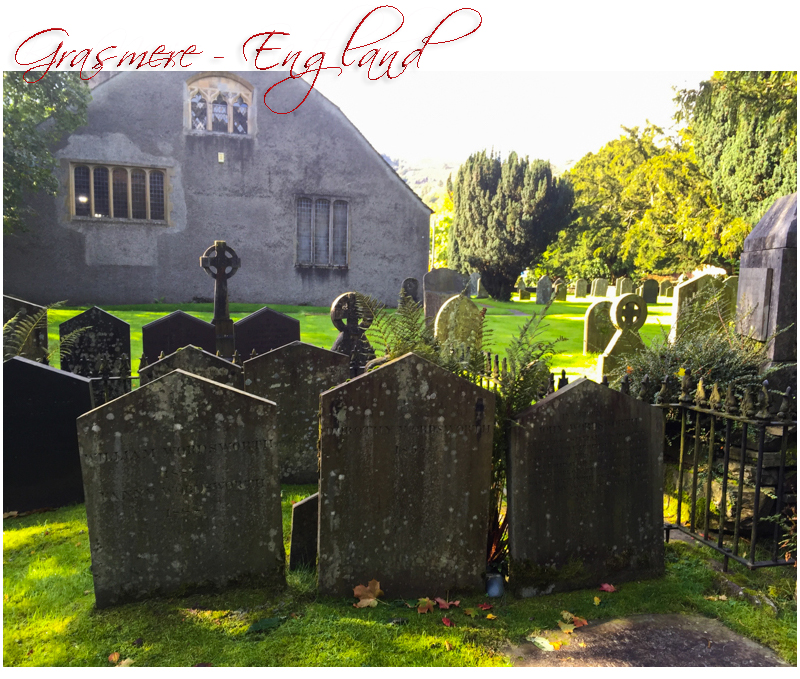 Grasmere is however, another stop directed at souvenirs and shopping. The drive here on secondary roads is lovely. Marvellous. Grand. Marvellous. Grand. Did I say marvellous and grand? (English spoken RA says that at least ten times a day.) Hedges and stone walls form every paddock or field’s border, there are no wire fences like you’d see in Australia, and on the trek to Grasmere we see grey Herdwick sheep for the first time. We also see many other breeds like Oxford Down and North of England Mule Sheep, a mix of either long wool and short wool sheep, some with black faces and feet, and sometimes several different breeds all in the same field. It is all very English, all very countryfied and very, very grand.
Grasmere is however, another stop directed at souvenirs and shopping. The drive here on secondary roads is lovely. Marvellous. Grand. Marvellous. Grand. Did I say marvellous and grand? (English spoken RA says that at least ten times a day.) Hedges and stone walls form every paddock or field’s border, there are no wire fences like you’d see in Australia, and on the trek to Grasmere we see grey Herdwick sheep for the first time. We also see many other breeds like Oxford Down and North of England Mule Sheep, a mix of either long wool and short wool sheep, some with black faces and feet, and sometimes several different breeds all in the same field. It is all very English, all very countryfied and very, very grand.
I visit Wordsworth’s grave then the small adjoining church and wander the tiny hamlet. The air is crisp, and fresh and people are simply ambling about on holiday or shopping, with both groups immersing themselves in, and completely enjoying an authentic taste of rural England.
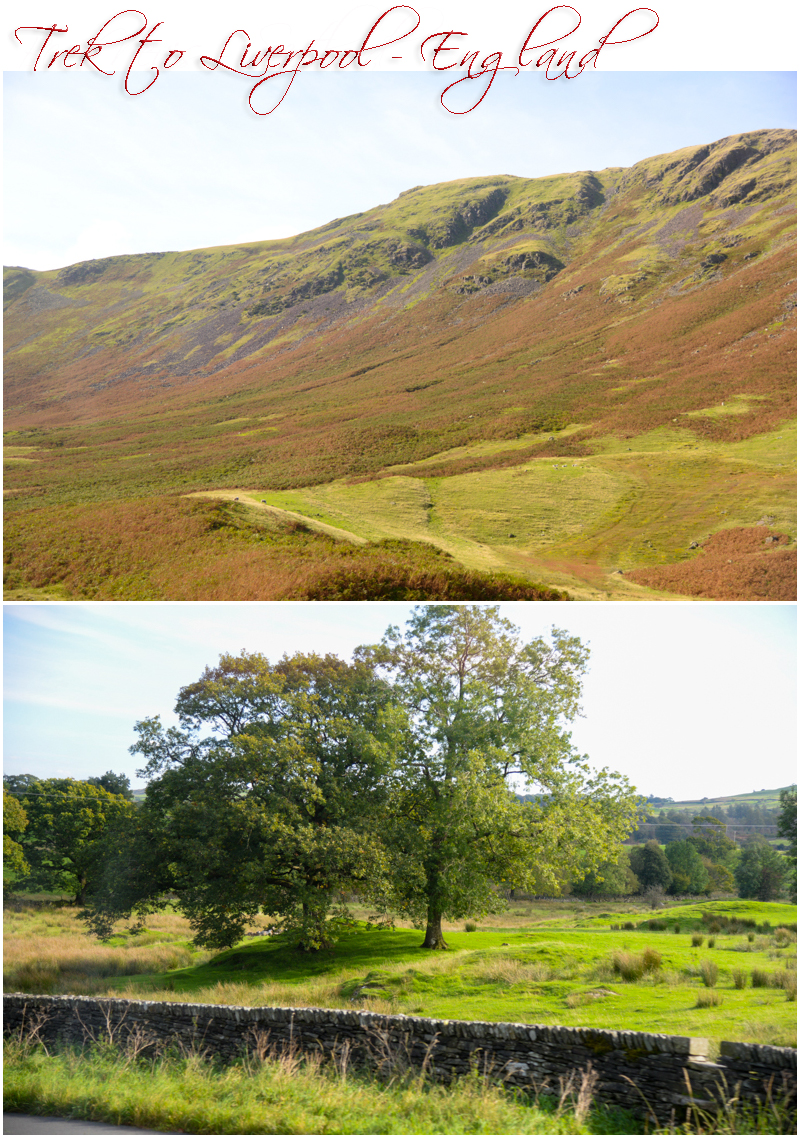 The afternoon after Grasmere is devoted to a long slog through Lancashire on the major motorways through to Liverpool. The pretty landscapes of the Lakes District soon fall away to more industry and development however and as we approach the city of Liverpool the hustle and bustle of the busy roadways detract completely from the surrounding landscape.
The afternoon after Grasmere is devoted to a long slog through Lancashire on the major motorways through to Liverpool. The pretty landscapes of the Lakes District soon fall away to more industry and development however and as we approach the city of Liverpool the hustle and bustle of the busy roadways detract completely from the surrounding landscape.
RA really is an amazing tour guide. Entertaining, intelligent, humourous. Lighthearted. She has a wealth of information and is extraordinarily good at her job. Globus is fortuate to have such a knowledgable, engaging ambassador for their company and anyone trekking around Britain with this lady as their tour guide is in for a genuinely rich and colourful lesson in historical repartee. Out of the four Cosmos tours I’ve done, RA is the best tour guide thus far.
…….Liverpool lies in the south west of the county of Lancashire………It became a borough from 1207 and a city in 1880……..In 1889 it became a county borough independent of Lancashire……..Liverpool sits on the eastern side of the Mersey Estuary and its growth as a major port is paralleled by the expansion of the city throughout the Industrial Revolution………Liverpool was home to both the White Star Line, and the home registry of the ocean liner RMS Titanic……..There is an important Maritime Museum here…….Liverpool is also the home of The Beatles and Paul McCartney and John Lennon continue to have a major influence here relative to Liverpool’s University and areas of music and arts learning……..
We drive around the city on the Optional two and a half hour “Liverpool Evening City Tour” for £23, a city tour with a stand-in city guide Bernie. RA comes with us but sits down the back of the coach. We visit two Liverpool Cathedrals, both imposing, but none is so GRAND as The Anglican Cathedral which was constructed between 1904-1978. The Anglican Cathedral is the largest Cathedral in Britain and the fifth largest in the world. The Gothic designed Building stands an imposing 331 feet high and is regarded as one of the greatest buildings to have been constructed during the 20th century. We walk through this amazing structure. I don’t recall having ever been in such a tall cathedral and it is quite beautiful, in an imposing, solid, heavy sort of way.
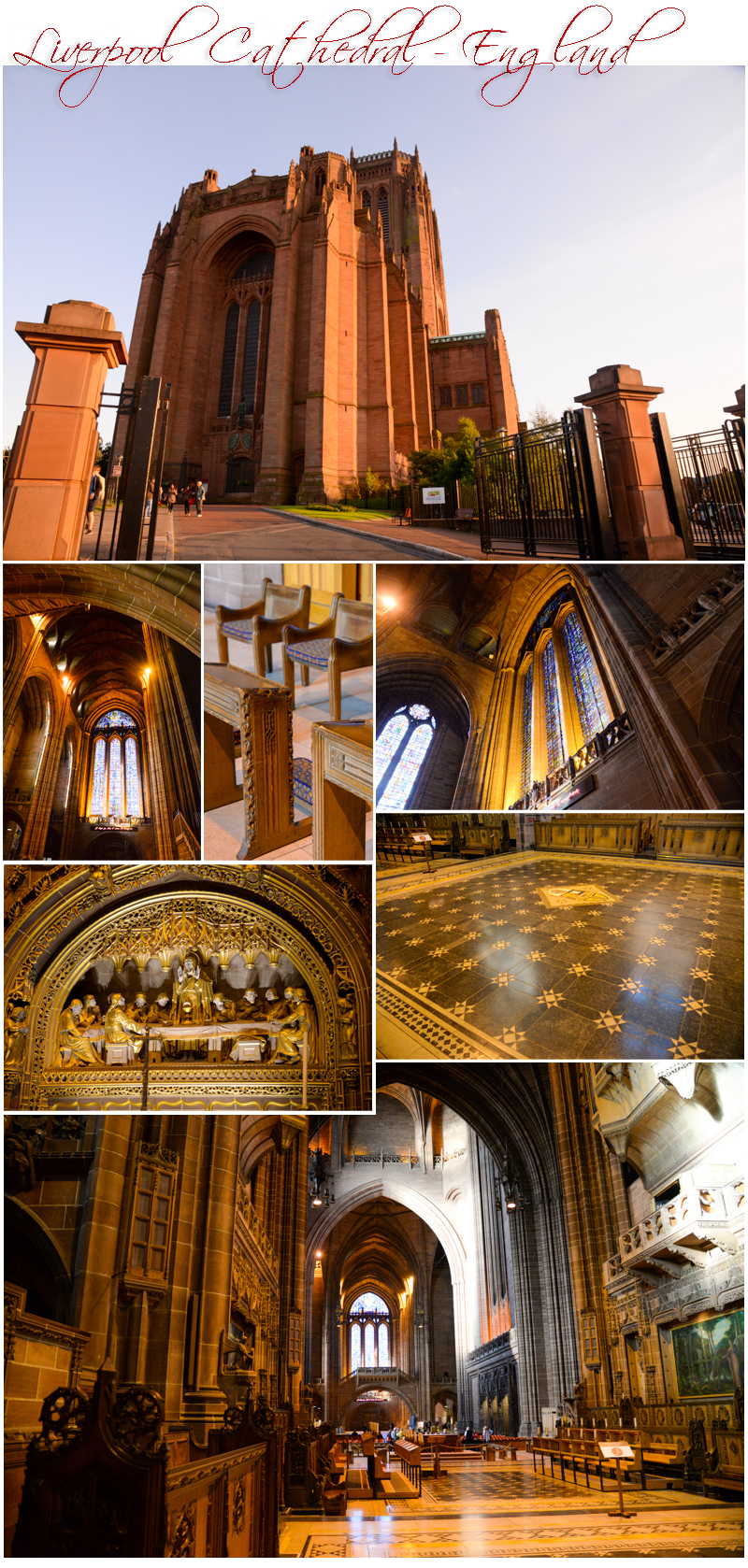 A drive by The Roman Catholic Metropolitan Cathedral or Paddy’s Wigwam as it is loosely called is all we manage for our second cathedral visit. The Metropolitan Cathedral was constructed between 1962 and 1967 and is noted as one of the first Cathedrals to break the traditional longitudinal design. It’s huge stained glass funnel shaped structure in the middle of the building is quite unique and would be worth a visit, but time does not allow for this today.
A drive by The Roman Catholic Metropolitan Cathedral or Paddy’s Wigwam as it is loosely called is all we manage for our second cathedral visit. The Metropolitan Cathedral was constructed between 1962 and 1967 and is noted as one of the first Cathedrals to break the traditional longitudinal design. It’s huge stained glass funnel shaped structure in the middle of the building is quite unique and would be worth a visit, but time does not allow for this today.
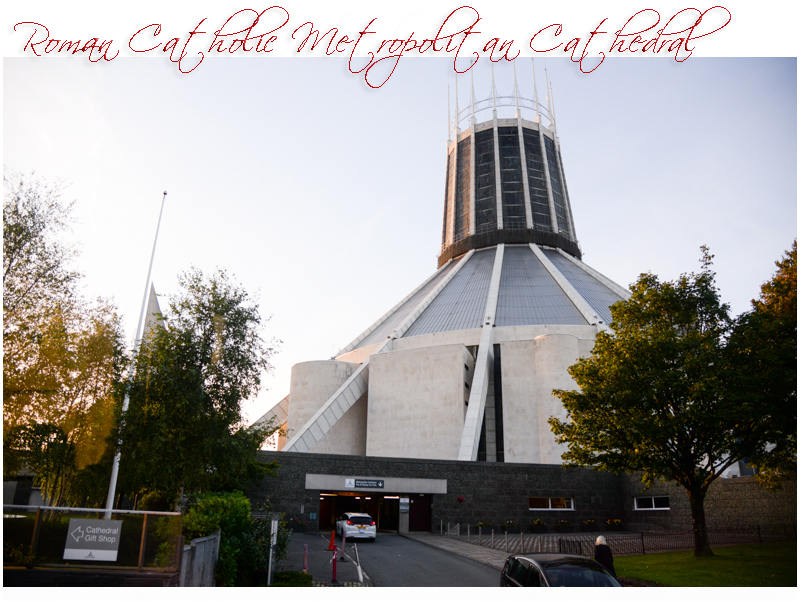 We trek to the port area then skirt around the university as we hear about John Lennon and Paul McCartney of Beatles fame and their continuing contributions to the halls of learning here. The coach then takes us downtown to the clubs area where The Beatles were first founded at The Cavern. There’s live music and the pulse of music filtering through nearby streets is welcoming. Sandra and I decide to debunk from the tour and make our own way around for a time, as it’ll be easier staying in the city now than navigating our way walking back into town from our hotel. Although we’ve cut the tour a little short, the small amount of money invested in taking this Optional Tour to the point of our departure from it, was well spent.
We trek to the port area then skirt around the university as we hear about John Lennon and Paul McCartney of Beatles fame and their continuing contributions to the halls of learning here. The coach then takes us downtown to the clubs area where The Beatles were first founded at The Cavern. There’s live music and the pulse of music filtering through nearby streets is welcoming. Sandra and I decide to debunk from the tour and make our own way around for a time, as it’ll be easier staying in the city now than navigating our way walking back into town from our hotel. Although we’ve cut the tour a little short, the small amount of money invested in taking this Optional Tour to the point of our departure from it, was well spent.
It’s always liberating to do your own impromptu thing and we pop in and out of some pubs and clubs that have live entertainment, we window shop and browse inside other shops, find a fountain in a square and an historic theatre, then we ask directions to Chinatown. We are hoping to find some dinner. It’s a fair hike on foot but we eventually find and dine at the Mei Mei Chinese Restaurant. The restaurant is full of Liverpool’s Chinatown locals and we eat a liesurely three course banquet amidst them then hail a black cab from the roadside out front to take us back to the hotel.
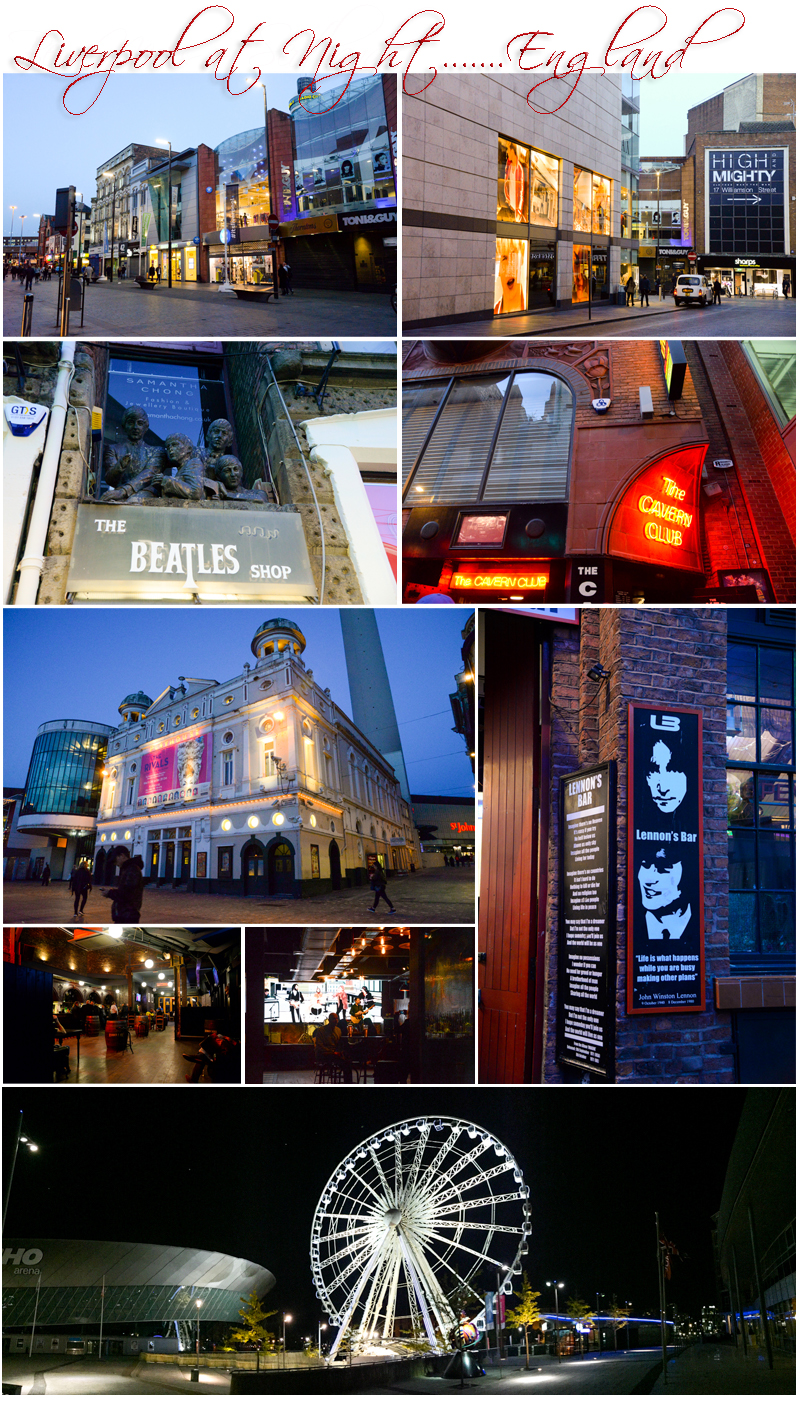 By the time we arrive back at our hotel Sandra is laughing hysterically. She is excited to be in England and riding in her first authentic black cab. And as I take some pics of her, the driver jumps out and invites her to sit in the driver’s seat. Then he takes pics of her on her ipad. It was great fun and a very, very good and light hearted spontaneous end to a very busy day.
By the time we arrive back at our hotel Sandra is laughing hysterically. She is excited to be in England and riding in her first authentic black cab. And as I take some pics of her, the driver jumps out and invites her to sit in the driver’s seat. Then he takes pics of her on her ipad. It was great fun and a very, very good and light hearted spontaneous end to a very busy day.
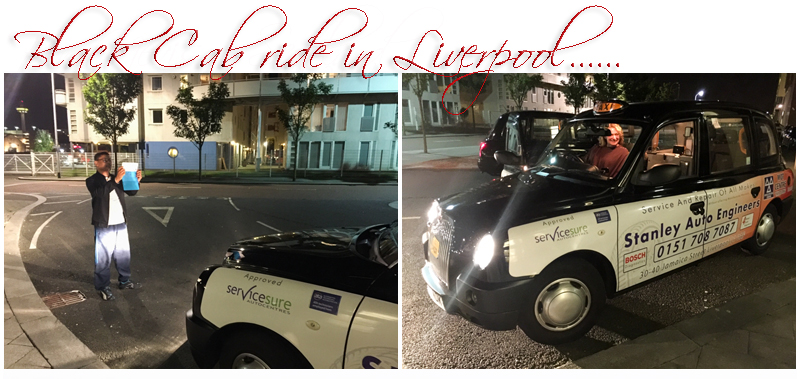 Day Twenty – 4th. October – Tuesday – Today the group is trekking into Wales and we start the journey travelling through The Queensway Tunnel under the Mersey River. And yes there’s a second tunnel, called, you guessed it, The Kingsway. Shortly after we break from Liverpool’s suburban extremities we find the road to Betws-y-Coed a tiny village in Wales. We are then to head to higher elevations, Snowdonia National Park.
Day Twenty – 4th. October – Tuesday – Today the group is trekking into Wales and we start the journey travelling through The Queensway Tunnel under the Mersey River. And yes there’s a second tunnel, called, you guessed it, The Kingsway. Shortly after we break from Liverpool’s suburban extremities we find the road to Betws-y-Coed a tiny village in Wales. We are then to head to higher elevations, Snowdonia National Park.
Betws-y-Coed is a sleepy little hollow in the midst of the beautiful North Welsh countryside. I am reminded of a long time Welsh friend of my father’s as we drive into Wales whom I knew quite well in my teenage years but who passed away some twenty years ago. As the lush greens of the Welsh landscape slip by I find myself recalling his soft Welsh accent and unique humour and I have a small glimpse into this man’s former world before he emmigrated to Australia.
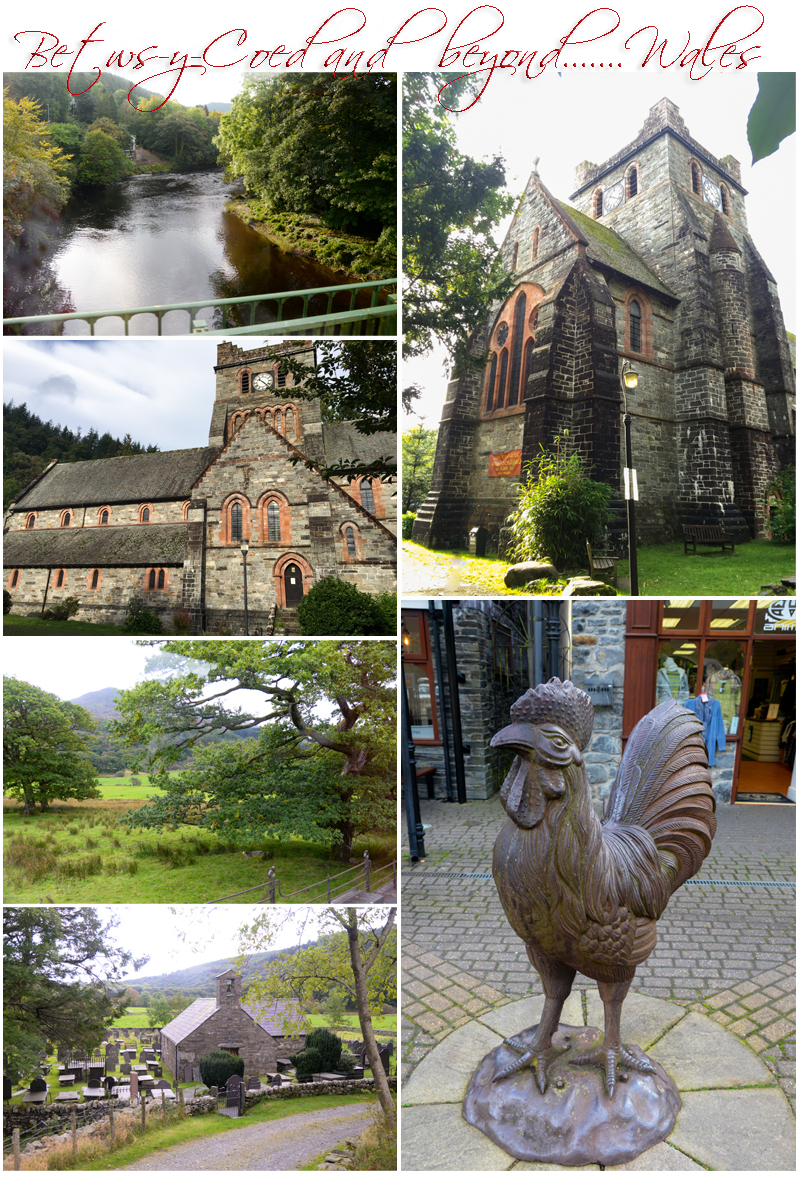 The sign boards in Wales have the words written on them in two languages, Welsh and English. RA tells a story about a Welshman who is supposedly responsible for this. She begins…..A Welshman has numerous speeding tickets, parking tickets and fines all related to driving. And when he had his day in court, he chose not to have legal representation. Instead, at the English speaking Court, he stood up when it was his turn to speak, and he softly and calmly spoke only in Welsh. In Welsh he pled not guilty. And in Welsh he advised that he only spoke Welsh and only wrote and read the Welsh language. In Welsh he said did not know the English language and did not understand the written English language. And again he pled not guilty. The Welshman was found not guilty as, in an English speaking Court, the problem of the case was obvious…….Hence all the signs in Wales now have their words written in two languages. I’m not sure if this was a joke or a true story but it certainly it gives an explanation for the dual laguage signage.
The sign boards in Wales have the words written on them in two languages, Welsh and English. RA tells a story about a Welshman who is supposedly responsible for this. She begins…..A Welshman has numerous speeding tickets, parking tickets and fines all related to driving. And when he had his day in court, he chose not to have legal representation. Instead, at the English speaking Court, he stood up when it was his turn to speak, and he softly and calmly spoke only in Welsh. In Welsh he pled not guilty. And in Welsh he advised that he only spoke Welsh and only wrote and read the Welsh language. In Welsh he said did not know the English language and did not understand the written English language. And again he pled not guilty. The Welshman was found not guilty as, in an English speaking Court, the problem of the case was obvious…….Hence all the signs in Wales now have their words written in two languages. I’m not sure if this was a joke or a true story but it certainly it gives an explanation for the dual laguage signage.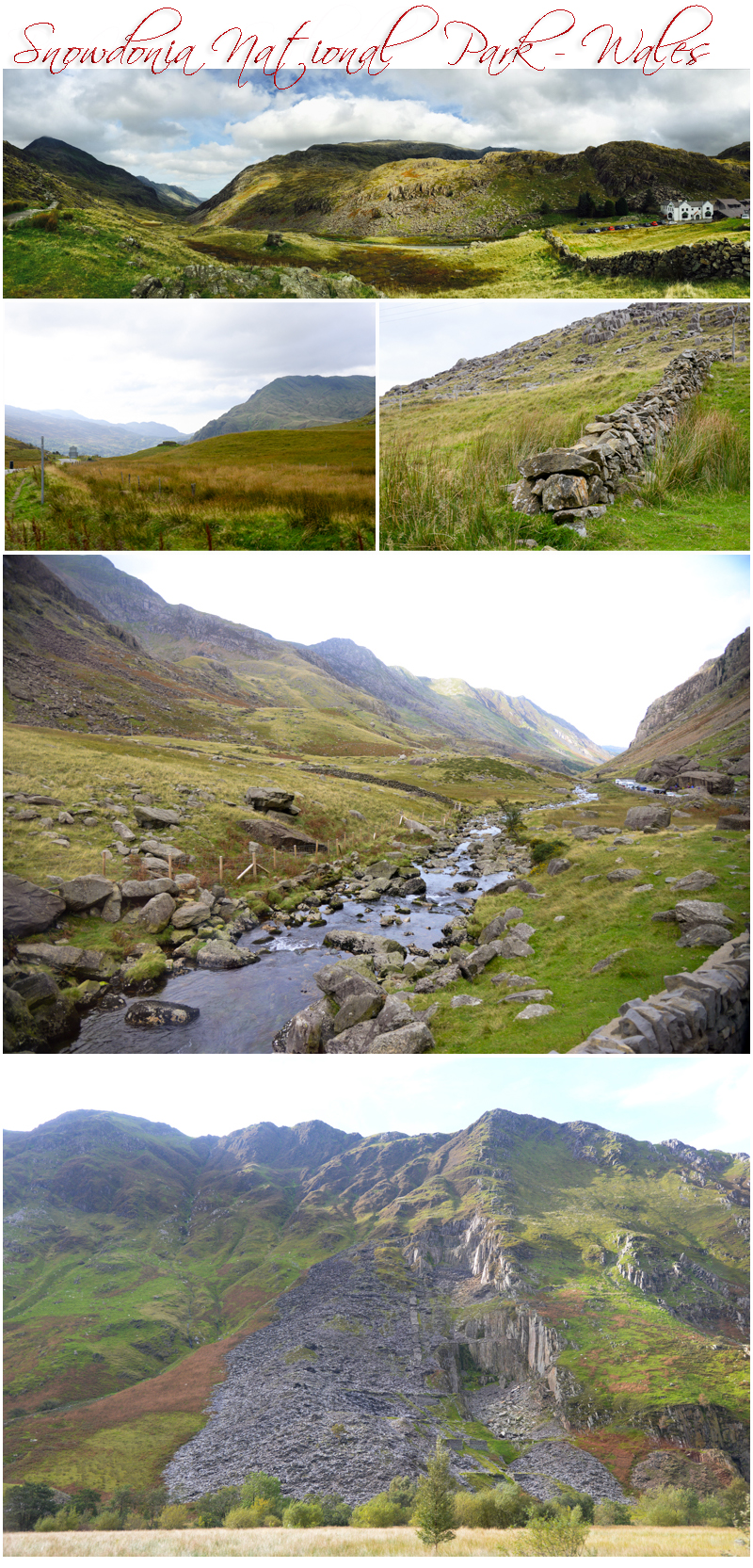 As we travel on through the park after our photo stop we are told of the Dinorwig Power Station hydroelectric scheme. It comprises 16 kilometres of tunnels using 1 million tons of concrete, 200,000 tons of cement and 4,500 tons of steel. To preserve the natural beauty of Snowdonia, the power station itself is located deep inside the mountain Elidir Fawr and inside there are tunnels and caverns equivalent to a sixteen story skyscraper. The electricity project was begun in 1974 and cost £425 million. It took ten years to complete and was the largest civil engineering contract ever awarded by the UK government at the time. Twelve million tonnes of rock had to be removed from inside the mountain, to create tunnels wide enough for two lorries to pass comfortably, and an enormous cavern 51 metres tall, 180 metres long, and 23 metres wide, known as “the concert hall” was also created.
As we travel on through the park after our photo stop we are told of the Dinorwig Power Station hydroelectric scheme. It comprises 16 kilometres of tunnels using 1 million tons of concrete, 200,000 tons of cement and 4,500 tons of steel. To preserve the natural beauty of Snowdonia, the power station itself is located deep inside the mountain Elidir Fawr and inside there are tunnels and caverns equivalent to a sixteen story skyscraper. The electricity project was begun in 1974 and cost £425 million. It took ten years to complete and was the largest civil engineering contract ever awarded by the UK government at the time. Twelve million tonnes of rock had to be removed from inside the mountain, to create tunnels wide enough for two lorries to pass comfortably, and an enormous cavern 51 metres tall, 180 metres long, and 23 metres wide, known as “the concert hall” was also created. I wander this imposing, fortress like medieval structure for an hour. Built with solid cold, and unforgiving stone, there are many vertical thin slotted openings for archers to shoot through on the walls on the castle’s defensive sides, and generous window openings for light and air at other less vulnerable locations. With winding staircases, often two and three stories high, the living areas with their adjoining turrets and towers, skirt and completely surround a central open garden court area. Then further out, to one side, on a scale model inside the castle, I see the position of what had been originally a defensive wall which encompassed the entire village. The wall still exists today.
I wander this imposing, fortress like medieval structure for an hour. Built with solid cold, and unforgiving stone, there are many vertical thin slotted openings for archers to shoot through on the walls on the castle’s defensive sides, and generous window openings for light and air at other less vulnerable locations. With winding staircases, often two and three stories high, the living areas with their adjoining turrets and towers, skirt and completely surround a central open garden court area. Then further out, to one side, on a scale model inside the castle, I see the position of what had been originally a defensive wall which encompassed the entire village. The wall still exists today.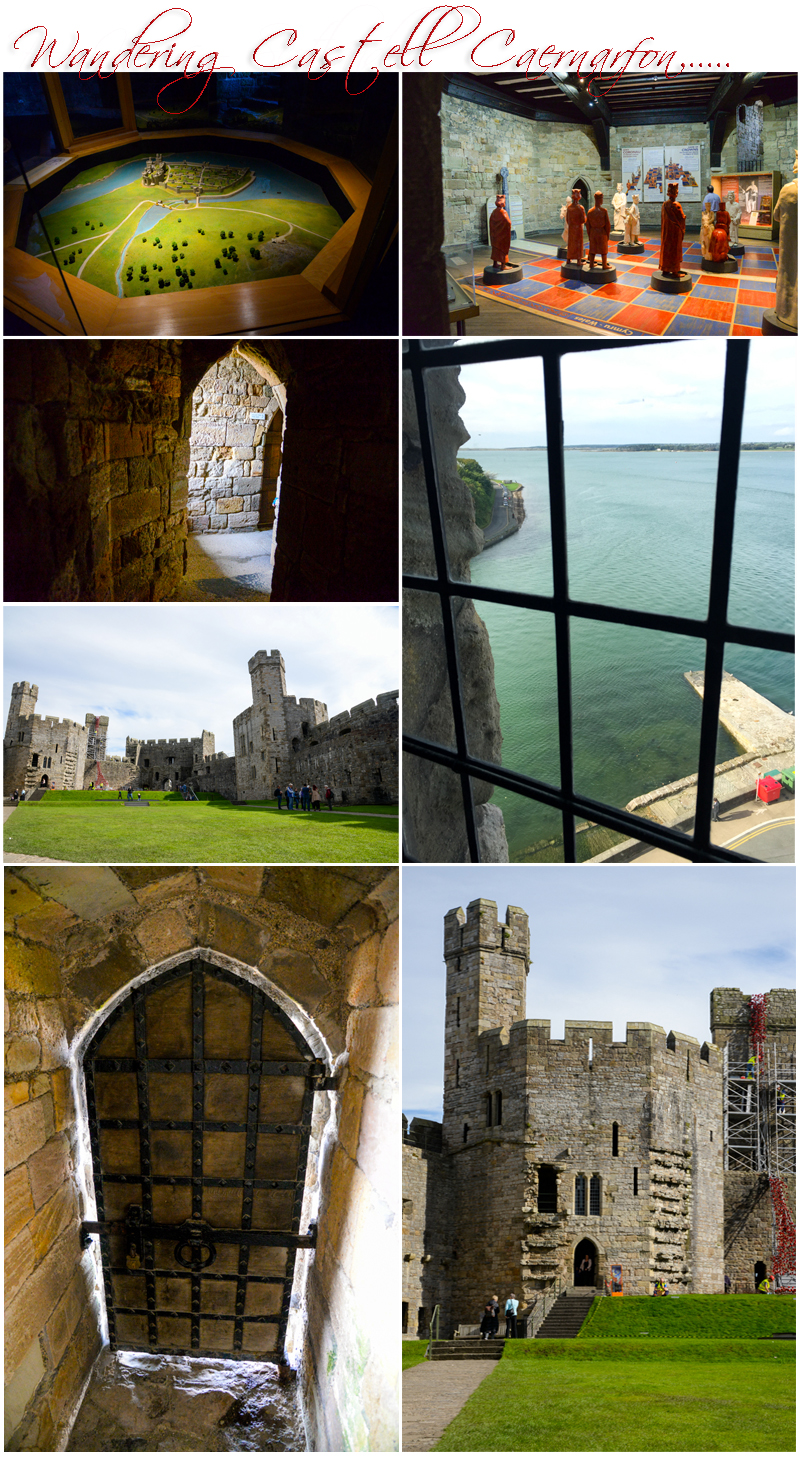 I enjoy reading about Queen Eleanor and her arranged marriage on the 1st. November 1254 to her second cousin once removed Edward to secure alliances. Edward was fourteen and Eleanor twelve when they married and by thirteen and a half years of age she had given birth to their first child. Eleanor was to give birth to sixteen children only six of which survived into adulthood, and she herself passed away aged 49.
I enjoy reading about Queen Eleanor and her arranged marriage on the 1st. November 1254 to her second cousin once removed Edward to secure alliances. Edward was fourteen and Eleanor twelve when they married and by thirteen and a half years of age she had given birth to their first child. Eleanor was to give birth to sixteen children only six of which survived into adulthood, and she herself passed away aged 49.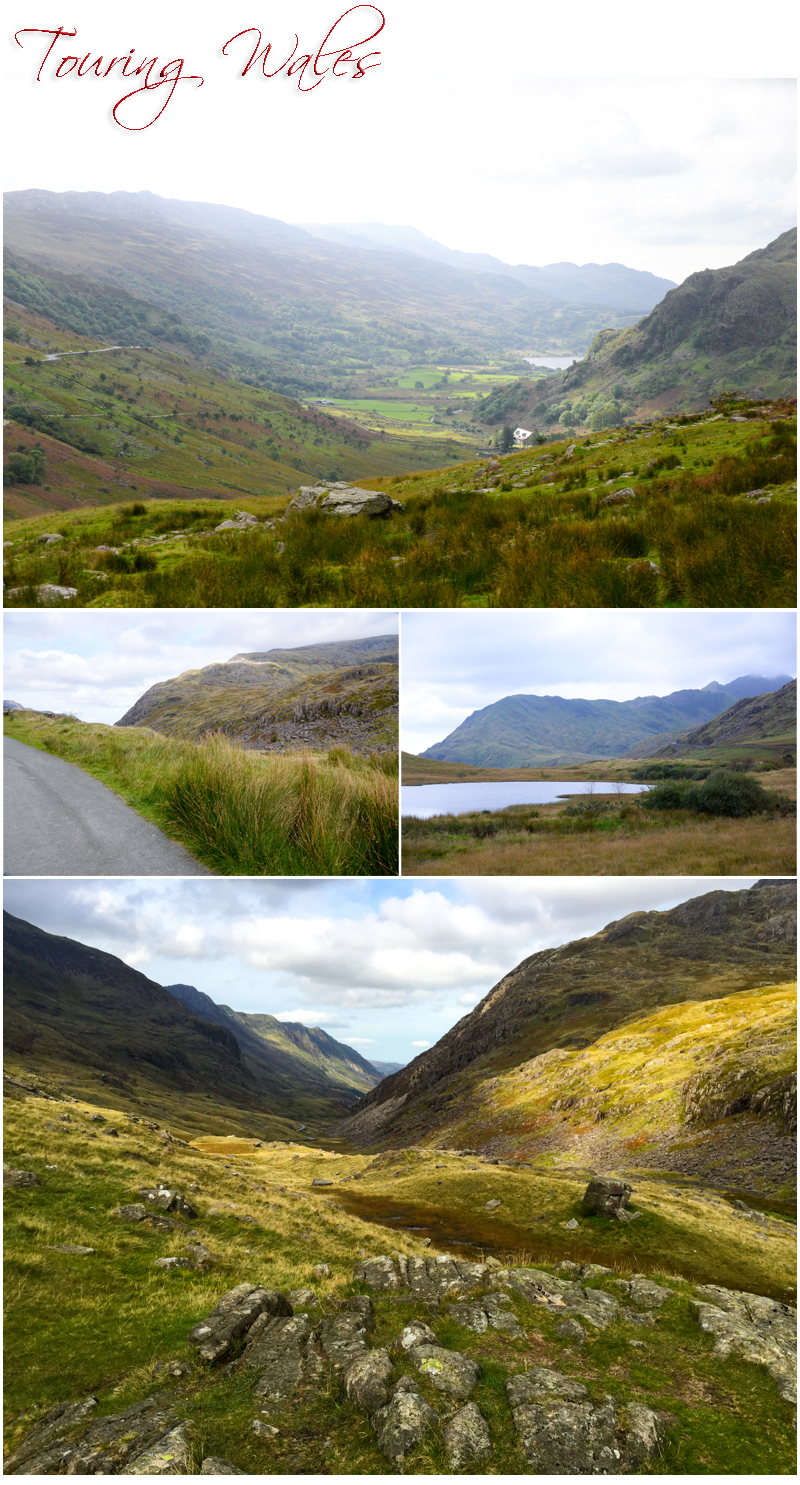
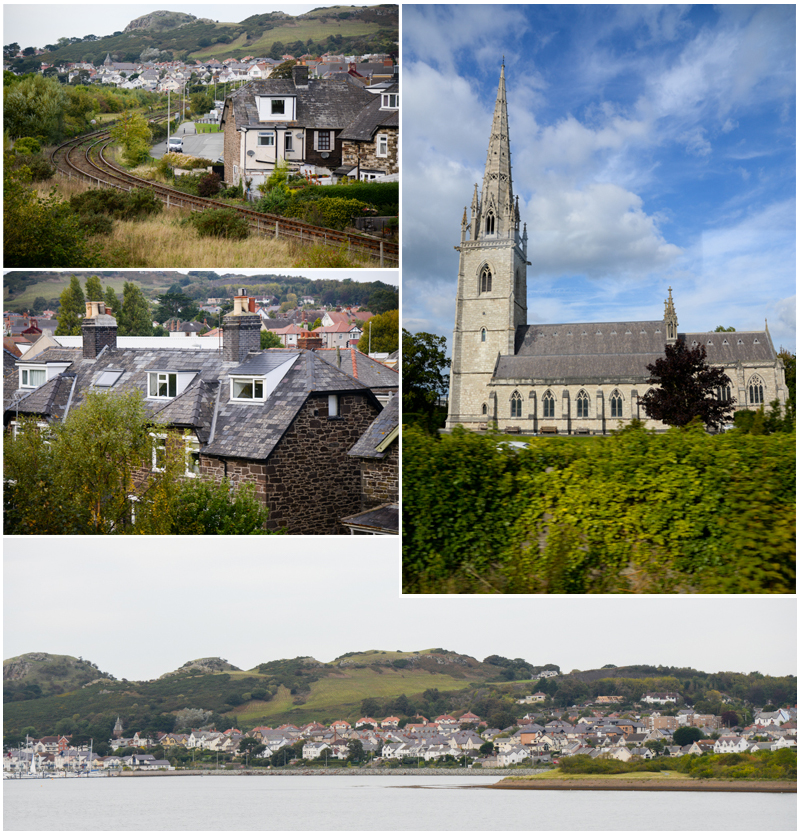 A quick lunch in the shopping district near the castle, then I am back on the coach with the others to head back to Liverpool via the major coast roads. It’s a very pretty drive but as the roads are flanked heavily by trees there are few photographic opportunities. I spend a quiet evening in at the hotel back in Liverpool with the group tonight before the tour heads on back into Wales tomorrow then on toward Cardiff.
A quick lunch in the shopping district near the castle, then I am back on the coach with the others to head back to Liverpool via the major coast roads. It’s a very pretty drive but as the roads are flanked heavily by trees there are few photographic opportunities. I spend a quiet evening in at the hotel back in Liverpool with the group tonight before the tour heads on back into Wales tomorrow then on toward Cardiff.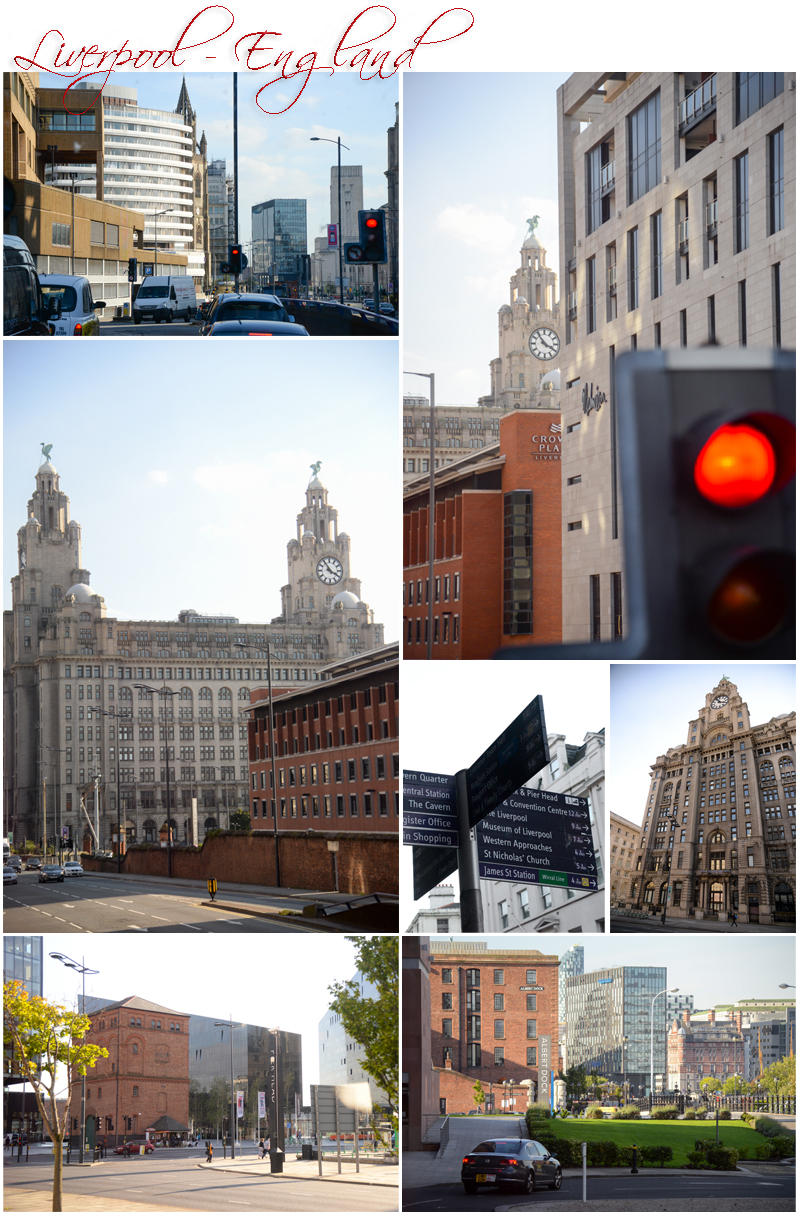 Day Twenty One – 5th. October – Wednesday – It’s the same every morning 6:45am large bags out the door 7:00 am breakfast 7:45 am carryon bags to the coach and board, then 8:00 am depart. Gotta love orchestrated guided tours. It’s exhausting. As the city disappears in the distance this morning we head down the map back into Wales for another day and an overnight. Our first stop is the city of Chester which appears as if caught in a time warp. The buildings in the city centre are historically rich, well preserved and uniquely Welsh. Chester was founded as a Roman fortress in the 1st century A.D and is also known for its extensive well-preserved Roman walls made of local red sandstone. A Roman amphitheatre, with ongoing excavations, lies just outside the old city’s walls.
Day Twenty One – 5th. October – Wednesday – It’s the same every morning 6:45am large bags out the door 7:00 am breakfast 7:45 am carryon bags to the coach and board, then 8:00 am depart. Gotta love orchestrated guided tours. It’s exhausting. As the city disappears in the distance this morning we head down the map back into Wales for another day and an overnight. Our first stop is the city of Chester which appears as if caught in a time warp. The buildings in the city centre are historically rich, well preserved and uniquely Welsh. Chester was founded as a Roman fortress in the 1st century A.D and is also known for its extensive well-preserved Roman walls made of local red sandstone. A Roman amphitheatre, with ongoing excavations, lies just outside the old city’s walls.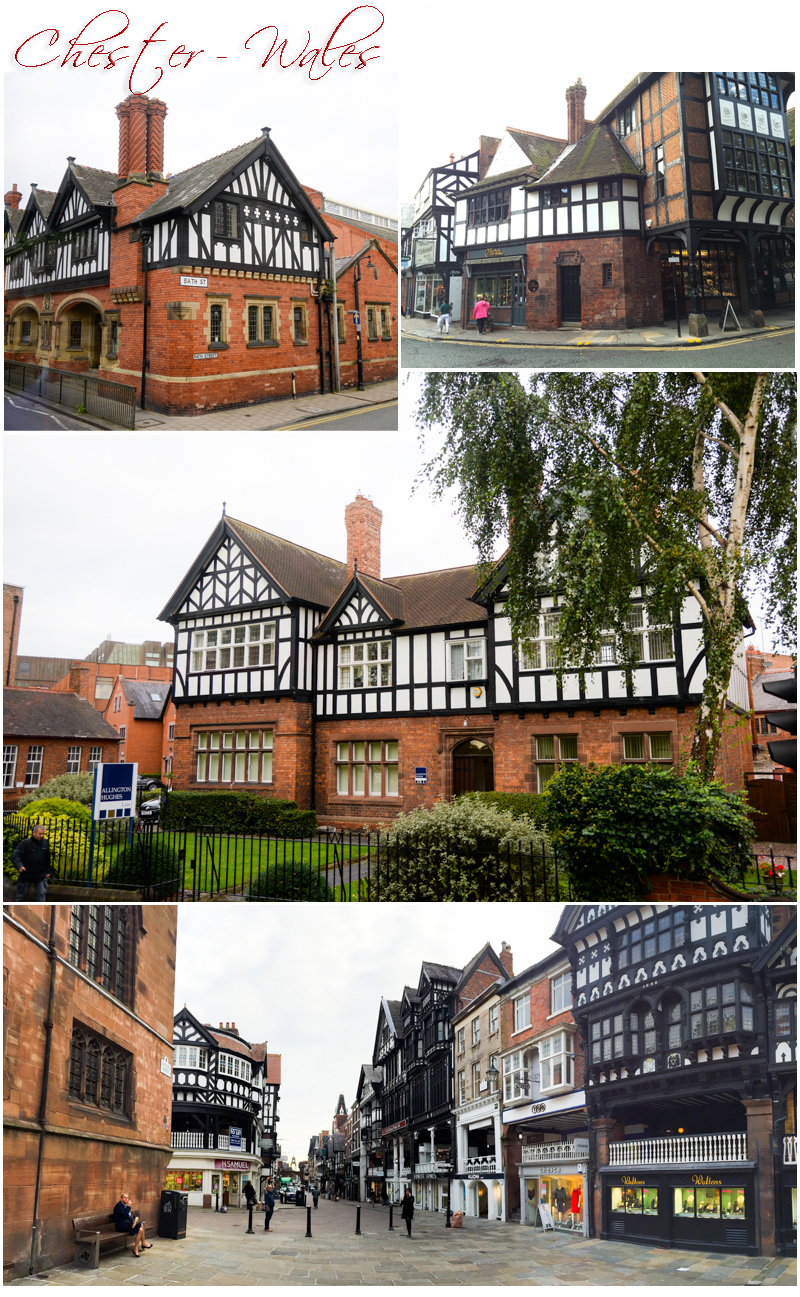 In the oldest part of the city the Rows, a shopping district, is distinguished by two level covered arcades and Tudor-style half timber buildings. We disembark the coach and walk in a group towards Chester Cathedral, a gothic style church rebuilt during the 13th. and 14th. centuries which replaced a 10th. century Saxon built church. Some Saxon masonry found during a 1997 excavation of the nave, circa 1093 in the Norman style is seen in the northwest tower, the north transept and in remaining parts of the monastic buildings. Again, entry to the Cathedral is not included on this tour, but I pay and wander in. Chester Cathedral is a beautiful building and I particularly like what I first think are wall tapestries, however on closer inspection I realise the artworks are actually finely tiled mosaics. Magical.
In the oldest part of the city the Rows, a shopping district, is distinguished by two level covered arcades and Tudor-style half timber buildings. We disembark the coach and walk in a group towards Chester Cathedral, a gothic style church rebuilt during the 13th. and 14th. centuries which replaced a 10th. century Saxon built church. Some Saxon masonry found during a 1997 excavation of the nave, circa 1093 in the Norman style is seen in the northwest tower, the north transept and in remaining parts of the monastic buildings. Again, entry to the Cathedral is not included on this tour, but I pay and wander in. Chester Cathedral is a beautiful building and I particularly like what I first think are wall tapestries, however on closer inspection I realise the artworks are actually finely tiled mosaics. Magical.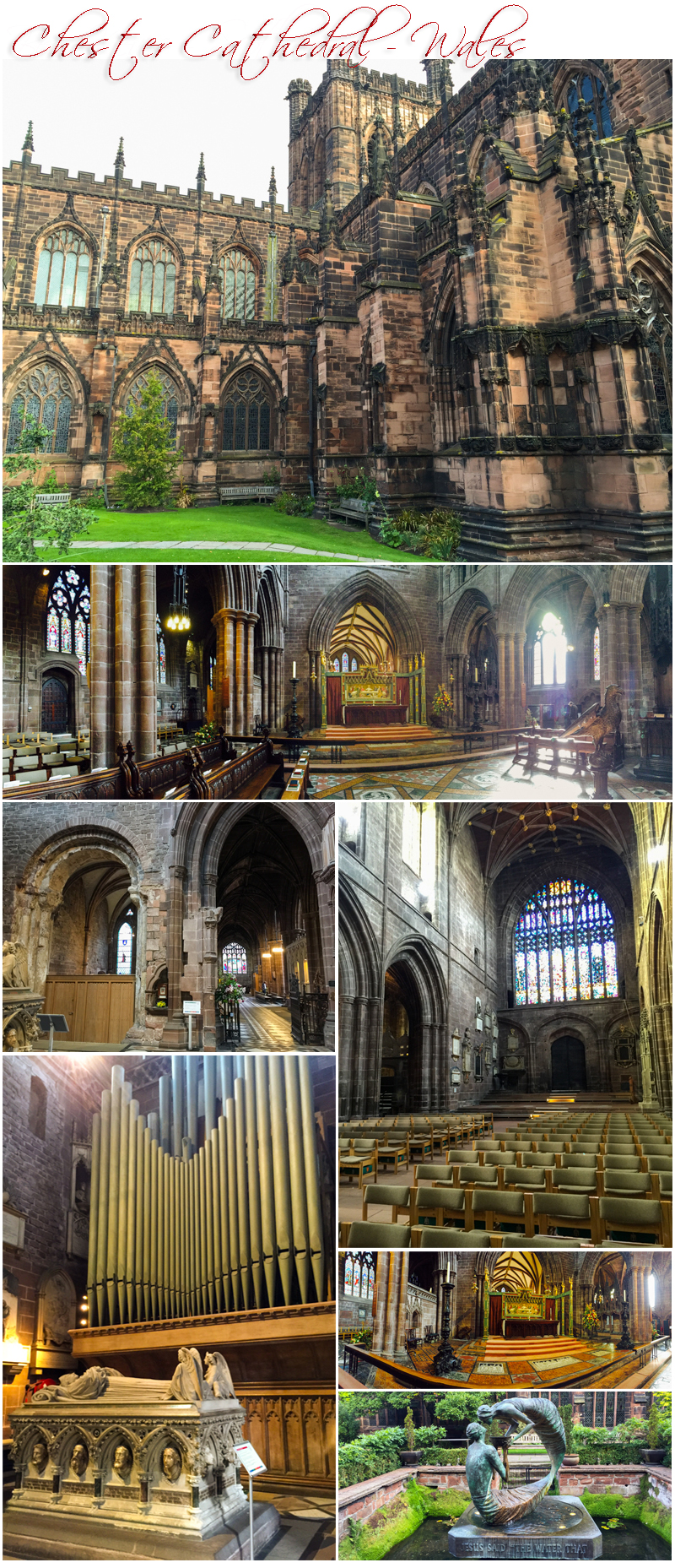 Others in our group have gone cheese tasting or shopping and we meet later where we first disembarked the coach then we head to our next stop, Ludlow, a popular Welsh market town filled brimful of Tudor style shops and buildings. It is a popular tourist destination and here we enjoy a short opportunity to shop or a leisurely lunch amidst crowds of tourists that are here like us for around an hour.
Others in our group have gone cheese tasting or shopping and we meet later where we first disembarked the coach then we head to our next stop, Ludlow, a popular Welsh market town filled brimful of Tudor style shops and buildings. It is a popular tourist destination and here we enjoy a short opportunity to shop or a leisurely lunch amidst crowds of tourists that are here like us for around an hour.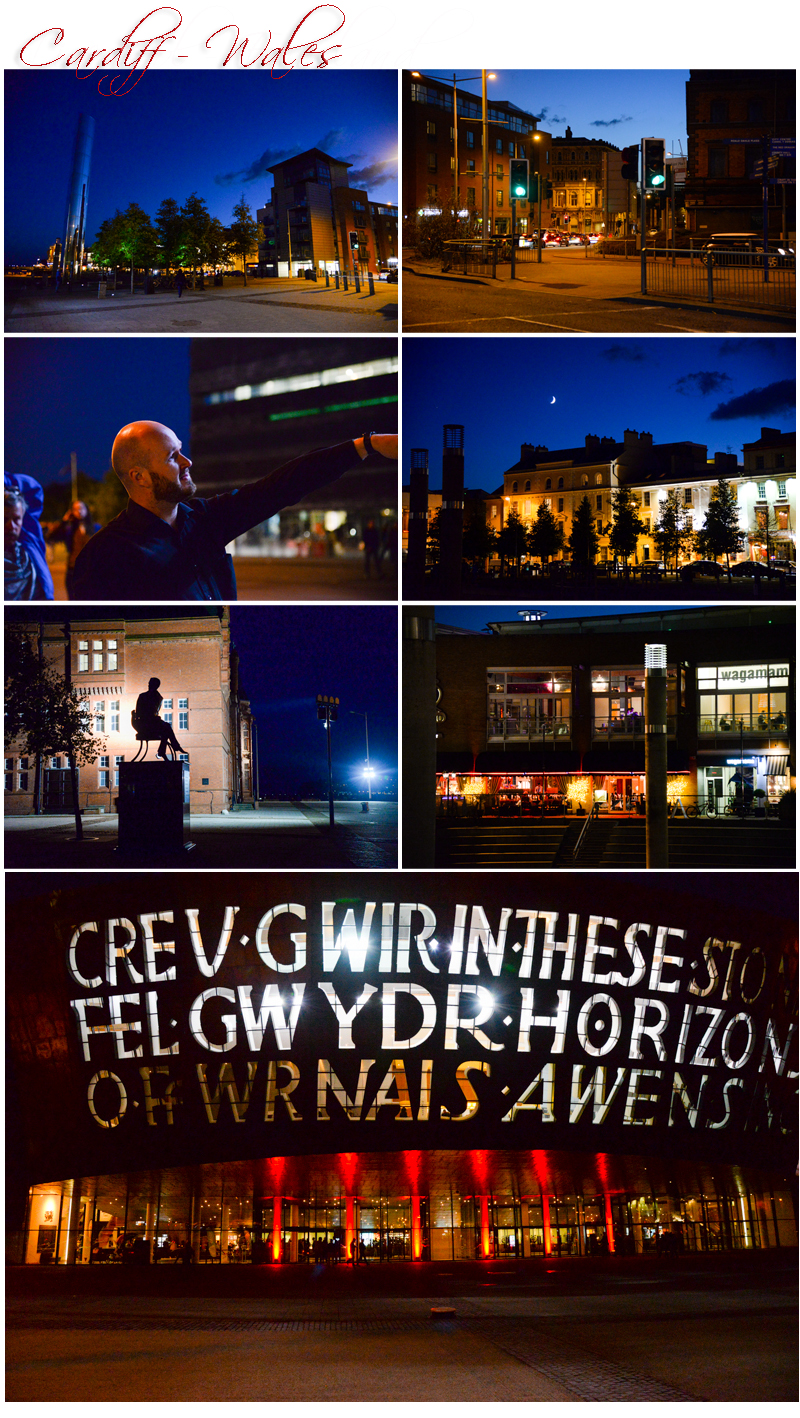 Eventually we head in and are greeted with starters and a nip of mead (honeyed wine). Group seating is in the main dining area which is lavishly decorated throughout with copper metal. And then the wine starts flowing. It’s included. There’s a harp being played at the front as our Entree is served, I select Pheasant Soufflé which is served warm and has a light rich gravy and bacon pieces interspersed through it. The Main was Lamb is Vegetables and Dessert an Apple and Cinnamon Fool with Cinnamon Icecream. The evening’s entertainment is mostly singing and jokes and lessons on how to speak Welsh. The singers are very good, two are currently appearing in London’s West End and it is a fabulous evening with delicious high end Restaurant food. Well worth the money spent to attend.
Eventually we head in and are greeted with starters and a nip of mead (honeyed wine). Group seating is in the main dining area which is lavishly decorated throughout with copper metal. And then the wine starts flowing. It’s included. There’s a harp being played at the front as our Entree is served, I select Pheasant Soufflé which is served warm and has a light rich gravy and bacon pieces interspersed through it. The Main was Lamb is Vegetables and Dessert an Apple and Cinnamon Fool with Cinnamon Icecream. The evening’s entertainment is mostly singing and jokes and lessons on how to speak Welsh. The singers are very good, two are currently appearing in London’s West End and it is a fabulous evening with delicious high end Restaurant food. Well worth the money spent to attend.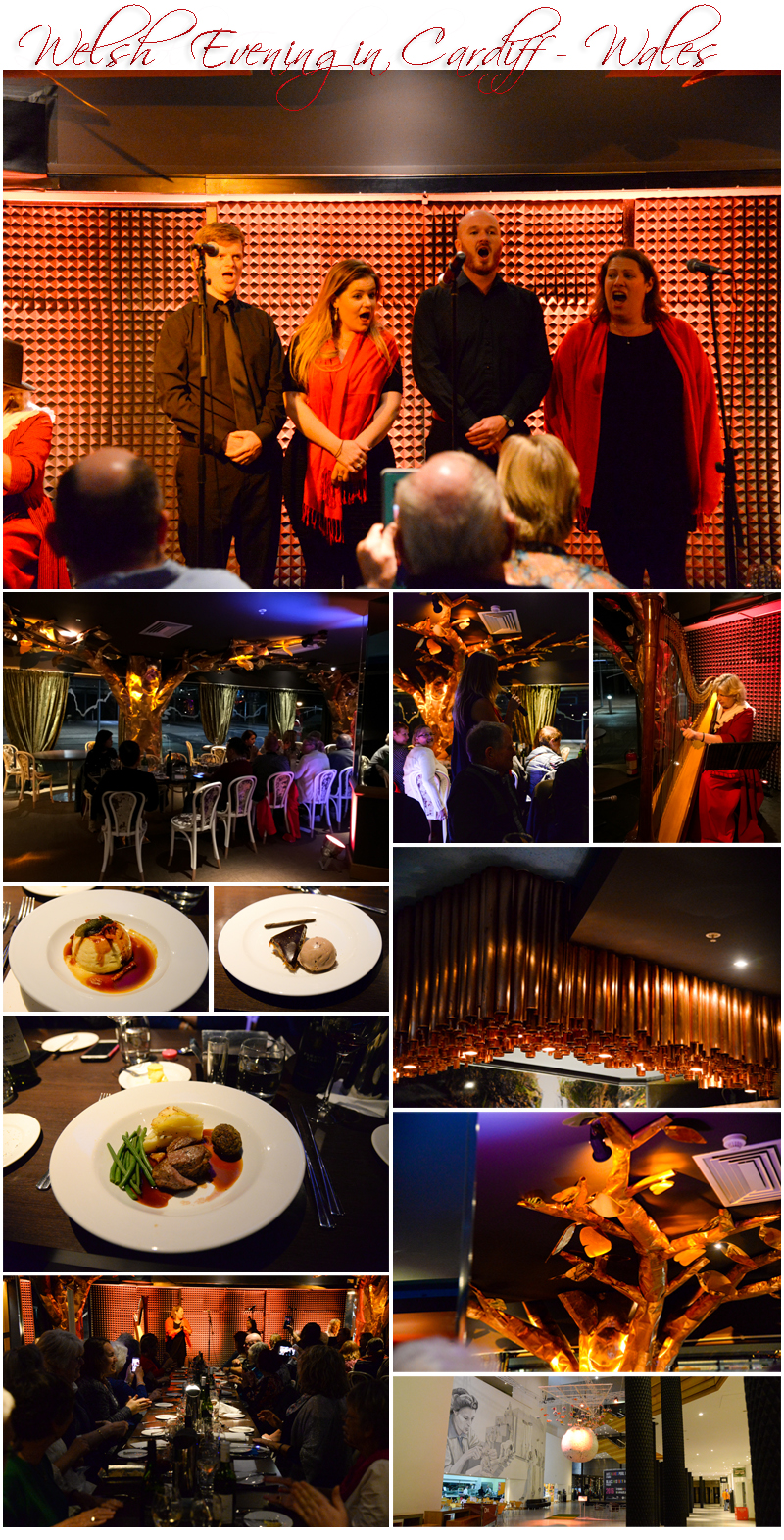 Tomorrow we head to Plymouth, through Somerset and down into Devon, via Bath, Wells, then Glastonbury, the English equivalent of Australia’s Nimbin.
Tomorrow we head to Plymouth, through Somerset and down into Devon, via Bath, Wells, then Glastonbury, the English equivalent of Australia’s Nimbin.The trek to Bath today is a short one, it’s about an hour from Cardiff. The city is stunning. Georgian architecture is everywhere as in the 1700 and 1800’s that was the popular style and it was well developed as it was the city to visit. (Georgian is probably my personal favourite style of architecture.) And today, it is still the city to visit and RA tells us as we near Bath, a trip to England is not rally complete without a visit here.
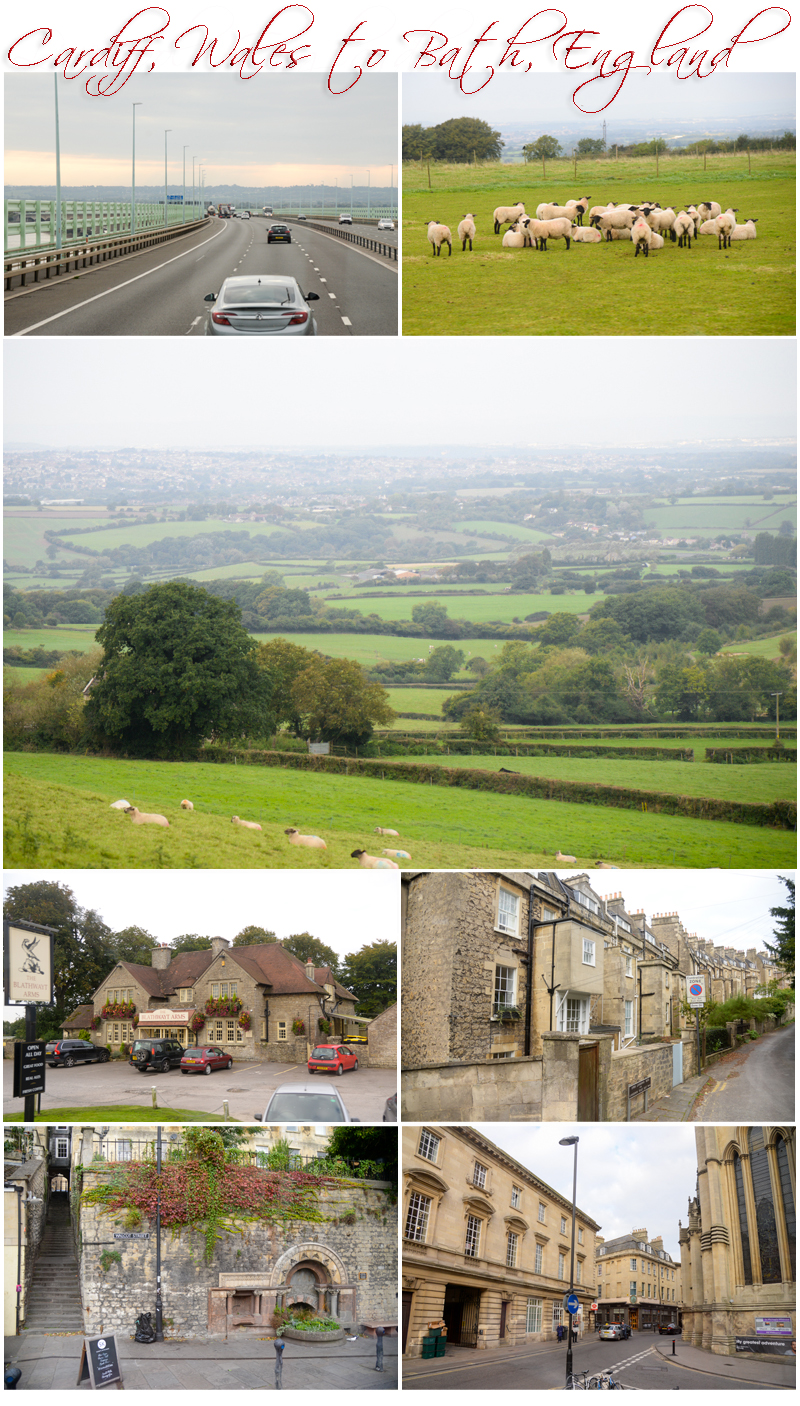 Bath is best known for its Roman-built baths. The city became a World Heritage Site in 1987 and was called Aquae Sulis (“the waters of Sulis”) around AD 60 when the Romans built baths and a temple there, though hot springs were known to be here before then. In the 17th century, claims were made for the curative properties of water from the springs and that’s why Bath became popular in modern times.
Bath is best known for its Roman-built baths. The city became a World Heritage Site in 1987 and was called Aquae Sulis (“the waters of Sulis”) around AD 60 when the Romans built baths and a temple there, though hot springs were known to be here before then. In the 17th century, claims were made for the curative properties of water from the springs and that’s why Bath became popular in modern times.
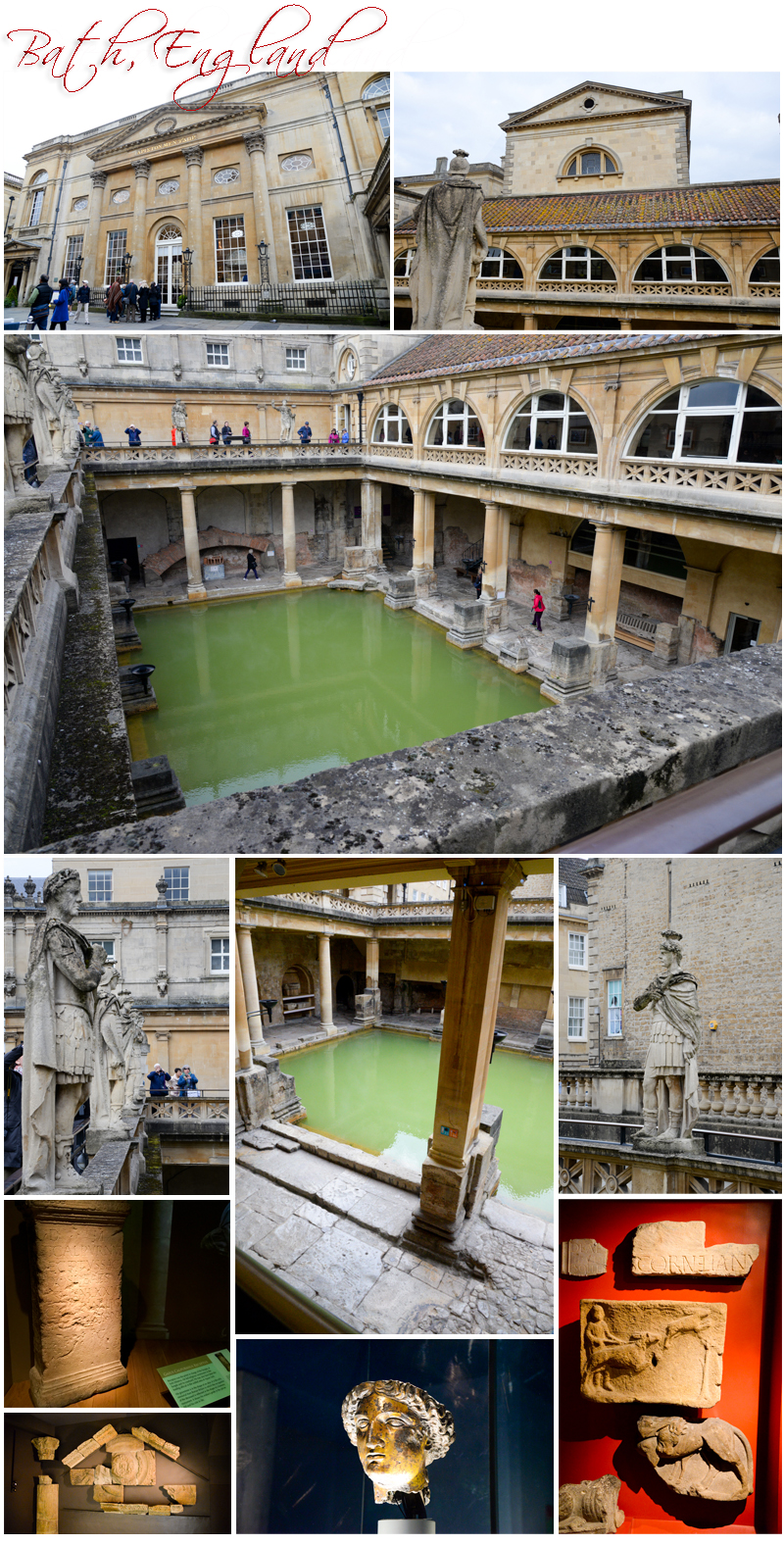
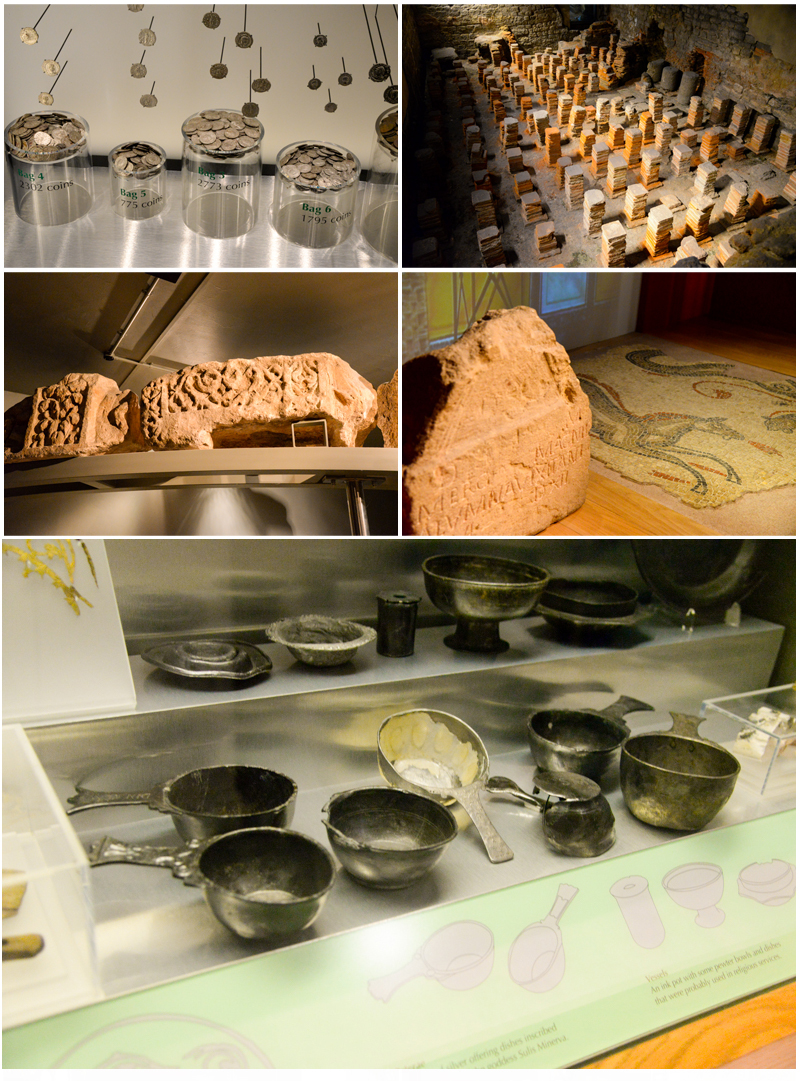 Two hours here pass quickly. As I leave the “baths” area I wander the streets. It’s been getting cooler as we’ve headed south down the western side of England and although I’m in a tee shirt and light shirt and not feeling particularly cold I see many others wearing light jackets and scarves, guarding against the coolish wind. I have a cappuccino and watch pigeons stealing crumbs from the adjoining cafe tables about fifty metres front of the Bath Cathedral where I am sitting. Then I set off agin, strolling past shop windows heading towards the Cathedral. As I near the stunning building there’s a tiny Fudge Shop on my left.
Two hours here pass quickly. As I leave the “baths” area I wander the streets. It’s been getting cooler as we’ve headed south down the western side of England and although I’m in a tee shirt and light shirt and not feeling particularly cold I see many others wearing light jackets and scarves, guarding against the coolish wind. I have a cappuccino and watch pigeons stealing crumbs from the adjoining cafe tables about fifty metres front of the Bath Cathedral where I am sitting. Then I set off agin, strolling past shop windows heading towards the Cathedral. As I near the stunning building there’s a tiny Fudge Shop on my left.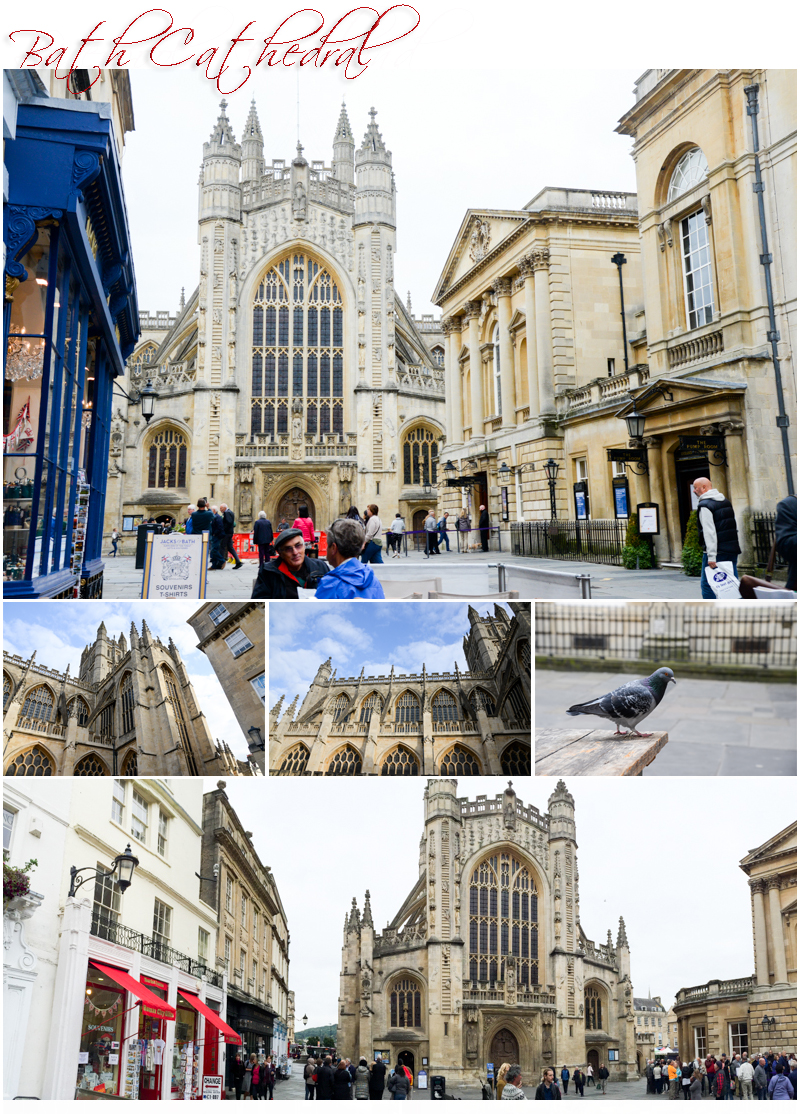 I’m eventually enticed into the shop to see fudge being made by locals dressed in a style of period costume. Ushered in actually…….with a smile……I think I already know I’m a captive audience as I enter and the costumed employees certainly know it. But they are genuinely making an effort. The technique is interesting and entertaining and they happily let me take photos so I buy some fresh hand made fudge to take with me on my journey onto the USA. I tell myself this as I’m not planning to take it home but I secretly hope I don’t eat it all as it’s melt in your mouth delicious and just a bit too handy on the vacant seat next to me when I return to the coach a short while later. Whoever heard of strawberries and cream fudge anyway? Salted caramel, Belgium chocolate, white chocolate?…….well it WAS four for the price of three………..
I’m eventually enticed into the shop to see fudge being made by locals dressed in a style of period costume. Ushered in actually…….with a smile……I think I already know I’m a captive audience as I enter and the costumed employees certainly know it. But they are genuinely making an effort. The technique is interesting and entertaining and they happily let me take photos so I buy some fresh hand made fudge to take with me on my journey onto the USA. I tell myself this as I’m not planning to take it home but I secretly hope I don’t eat it all as it’s melt in your mouth delicious and just a bit too handy on the vacant seat next to me when I return to the coach a short while later. Whoever heard of strawberries and cream fudge anyway? Salted caramel, Belgium chocolate, white chocolate?…….well it WAS four for the price of three………..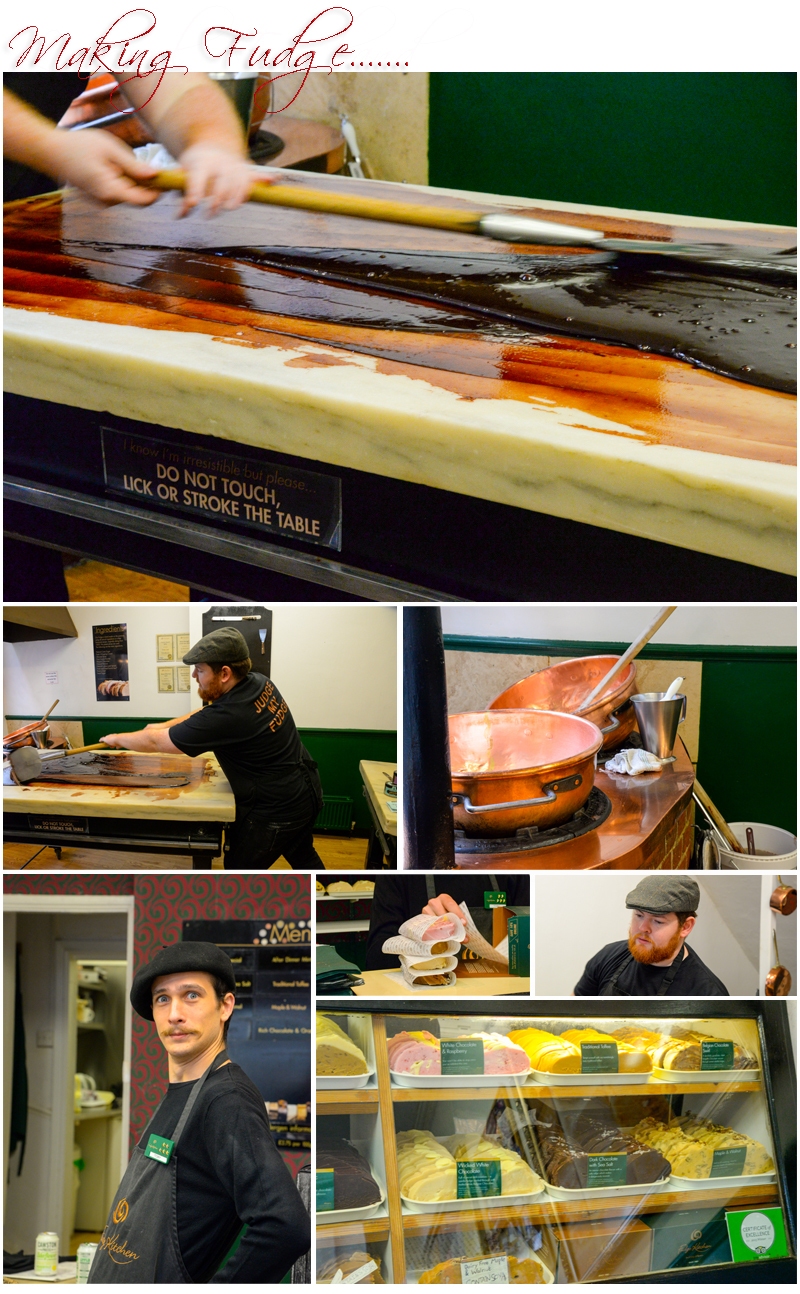 Glastonbury is, apparently, England’s equivalent to Australia’s Nimbin. We are told by RA it is the hippie centre of England and driving through the streets heading towards Glastonbury’s Abbey, I am NOT disappointed. I see a woman walking along the pavement with a 1960’s Afro hairdo, another with long loose hair wearing a caftan, a third with gingham shorts but elaborate body paint on both legs. Alistair parks the coach and as I set off to use my “free time” I then see some men openly smoking “roll your own” cigarettes, the air around them thick with the sweet plume of dried marihuana smouldering.
Glastonbury is, apparently, England’s equivalent to Australia’s Nimbin. We are told by RA it is the hippie centre of England and driving through the streets heading towards Glastonbury’s Abbey, I am NOT disappointed. I see a woman walking along the pavement with a 1960’s Afro hairdo, another with long loose hair wearing a caftan, a third with gingham shorts but elaborate body paint on both legs. Alistair parks the coach and as I set off to use my “free time” I then see some men openly smoking “roll your own” cigarettes, the air around them thick with the sweet plume of dried marihuana smouldering.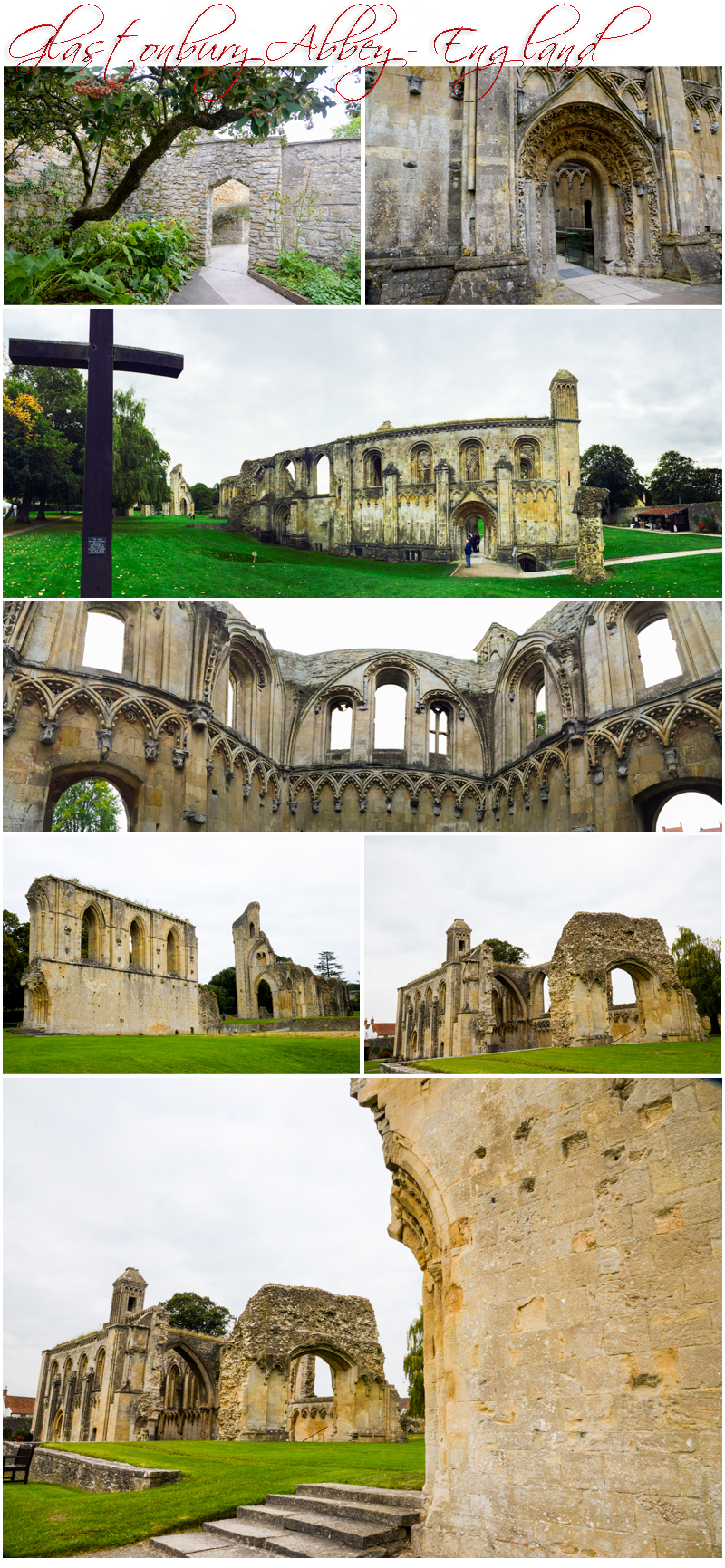 I head past Arthur’s grave to the Abbots Kitchen and am reminded of a palace kitchen I saw in Spain two years ago. It had a massive fireplace for spit roasting whole animals and a high ceiling, with chimney, like this one. A display complete with mannequins dressed in period costume in the Abbey’s kitchen sets the scene of how life was most likely like back then and is very well done. And the gardens, in fact whole landscape near the Abbey, are lovely. It’s a peaceful place to stroll and take refuge from the business of life. A place where time seems to stand still.
I head past Arthur’s grave to the Abbots Kitchen and am reminded of a palace kitchen I saw in Spain two years ago. It had a massive fireplace for spit roasting whole animals and a high ceiling, with chimney, like this one. A display complete with mannequins dressed in period costume in the Abbey’s kitchen sets the scene of how life was most likely like back then and is very well done. And the gardens, in fact whole landscape near the Abbey, are lovely. It’s a peaceful place to stroll and take refuge from the business of life. A place where time seems to stand still.
Dartmoor National Park is next. A cold, rather barren landscape renowned for its harsh weather and unforgiving nature. I found it captivatingly beautiful. Rolling hills and peaks with granite outcrops and boggy marshes. It is inhabited by a lot of animals but most well known are the Dartmoor ponies. Once there was 25,000 of these ponies in a three hundred and sixty eight square mile plus area, however when numbers reduced to around eight hundred some years ago governing bodies stepped in and improved the ponies outlook by implementing measures to protect and help reestablish numbers. The ponies, RA tells us, apparently now number about five thousand, so there has been some success with the project.
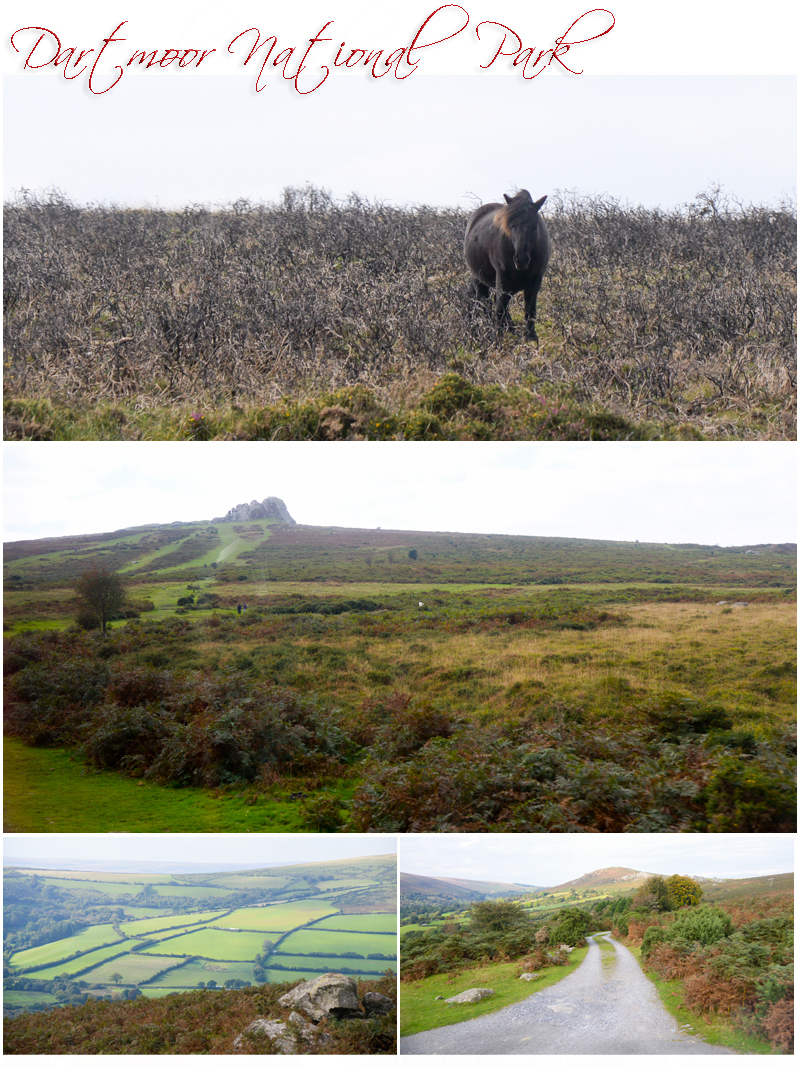 We soon find our way to Widecombe-In-The-Moor. Here we are told we will find amazing Devonshire Tea with classic scones, jam and clotted cream. I am hugely disappointed though as the scone I am served at the tea room I visit has been thawed from having first been frozen then it is microwaved. The scone is dry, tough, and very, very hard to swallow. It crumbles.
We soon find our way to Widecombe-In-The-Moor. Here we are told we will find amazing Devonshire Tea with classic scones, jam and clotted cream. I am hugely disappointed though as the scone I am served at the tea room I visit has been thawed from having first been frozen then it is microwaved. The scone is dry, tough, and very, very hard to swallow. It crumbles.
There are a lot of visitors and the queue is long so I believe the shortcut of cooking then freezing scones has been favoured to simply deal with visitor numbers. But with the number of staff on today, there is simply no reason why scones shouldn’t have baked on the day. I have experience in hospitality having owned and run a commercial kitchen in a large gallery for some years which catered regularly to busloads of visitors. My own fresh home made scones, cooked by me, were always made just before a coach arrived and were always served just warm from the oven. The scone I had here today in Devon, was not remotely like what we served at my gallery so eating a scone at the supposed home of the classic “English Devonshire Tea” was a sad experience.
The church nearby the tea rooms at Widecombe-In-The-Moor is a beautiful building and its classic English stone graveyard is one of the highlights of the day. I have found a genuinely sweet church in the middle of a wilderness moor and I love the beauty unfolding in front of the camera lens.
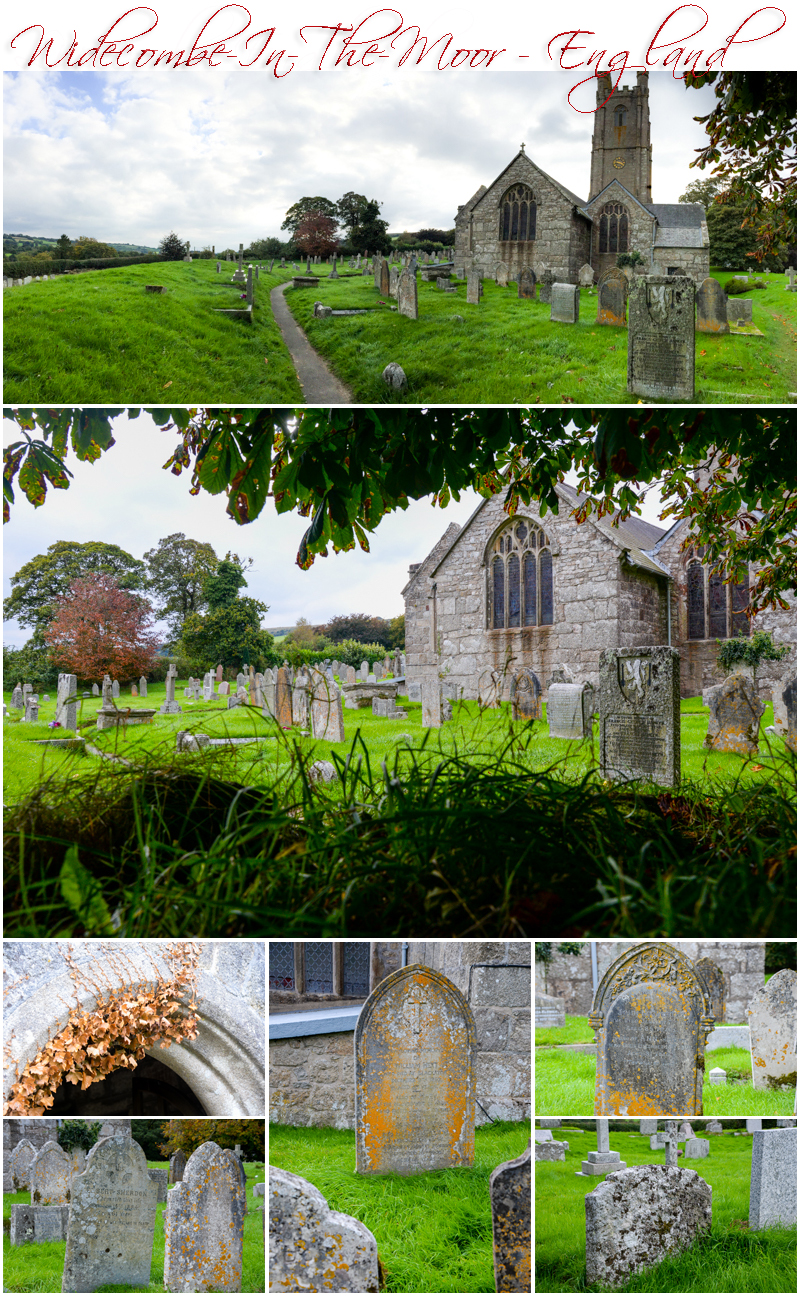 Plymouth is about an hour and a half from Widecombe-In-The-Moor, along very skinny secondary road, until we connect with the A38. Passing cars, a bus and a taxi however is an artform here, as several times the oncoming traffic is forced to reverse to a slightly wider section of road so we can pass by. Obviously bigger vehicles have priority as we don’t stop at all, we merely slow and pass the oncoming traffic at snail’s pace. These are the roads I’ve heard about. The country lanes, the single vehicle tracks that skirt farming land, paddocks and woodlands away from the main roads. They are generally flanked by hedges, trees and stone walls, as well as the odd cow and sheep.
Plymouth is about an hour and a half from Widecombe-In-The-Moor, along very skinny secondary road, until we connect with the A38. Passing cars, a bus and a taxi however is an artform here, as several times the oncoming traffic is forced to reverse to a slightly wider section of road so we can pass by. Obviously bigger vehicles have priority as we don’t stop at all, we merely slow and pass the oncoming traffic at snail’s pace. These are the roads I’ve heard about. The country lanes, the single vehicle tracks that skirt farming land, paddocks and woodlands away from the main roads. They are generally flanked by hedges, trees and stone walls, as well as the odd cow and sheep.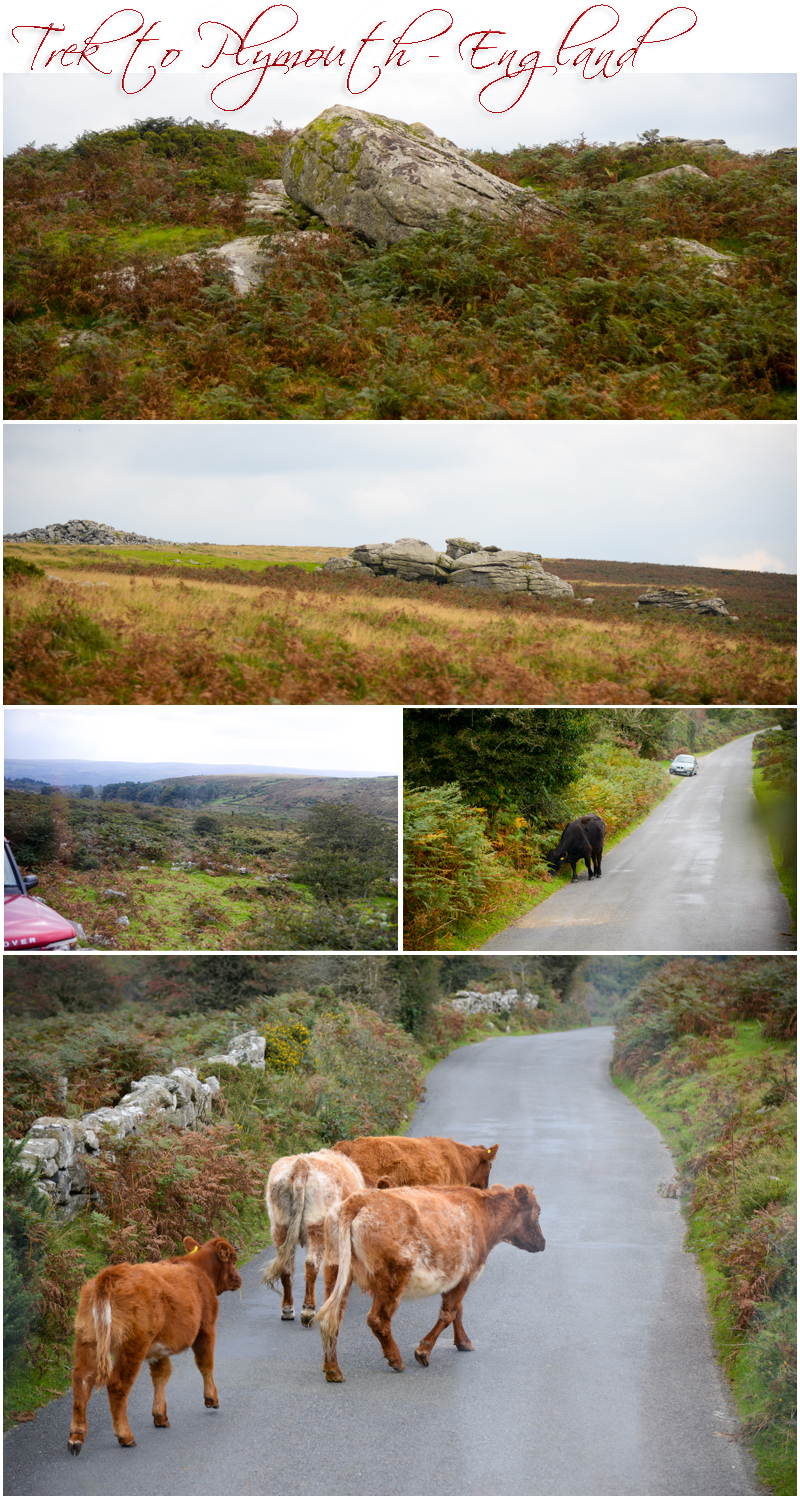 Plymouth looms ahead and in a few short miles we are at the waterfront for a late afternoon cruise in the actual port where the Mayflower set sail in 1620 for the Americas. This is a landmark city, a significant port, and has been noted in history forever for this event. For £15 a cruiser is taking us on the “Plymouth” Optional Tour. It is large, and low on the water. There’s no roll in the sea today or waves, it is completely calm, so the cruise is exceptionally enjoyable except for the smell of diesel fumes on the lower decks. I head to the top deck and sit outside the cabin, just a few feet from the captain. I find my generous light windbreaker waterproof jacket that folds away to nothing and has been in my back pack the whole trip for occasions such as this. I put it on grateful that if fits easily over the top of my thick woolley cardigan as the air has quickly become decidedly cool. I tie the strings on the hood and settle in for the ride.
Plymouth looms ahead and in a few short miles we are at the waterfront for a late afternoon cruise in the actual port where the Mayflower set sail in 1620 for the Americas. This is a landmark city, a significant port, and has been noted in history forever for this event. For £15 a cruiser is taking us on the “Plymouth” Optional Tour. It is large, and low on the water. There’s no roll in the sea today or waves, it is completely calm, so the cruise is exceptionally enjoyable except for the smell of diesel fumes on the lower decks. I head to the top deck and sit outside the cabin, just a few feet from the captain. I find my generous light windbreaker waterproof jacket that folds away to nothing and has been in my back pack the whole trip for occasions such as this. I put it on grateful that if fits easily over the top of my thick woolley cardigan as the air has quickly become decidedly cool. I tie the strings on the hood and settle in for the ride.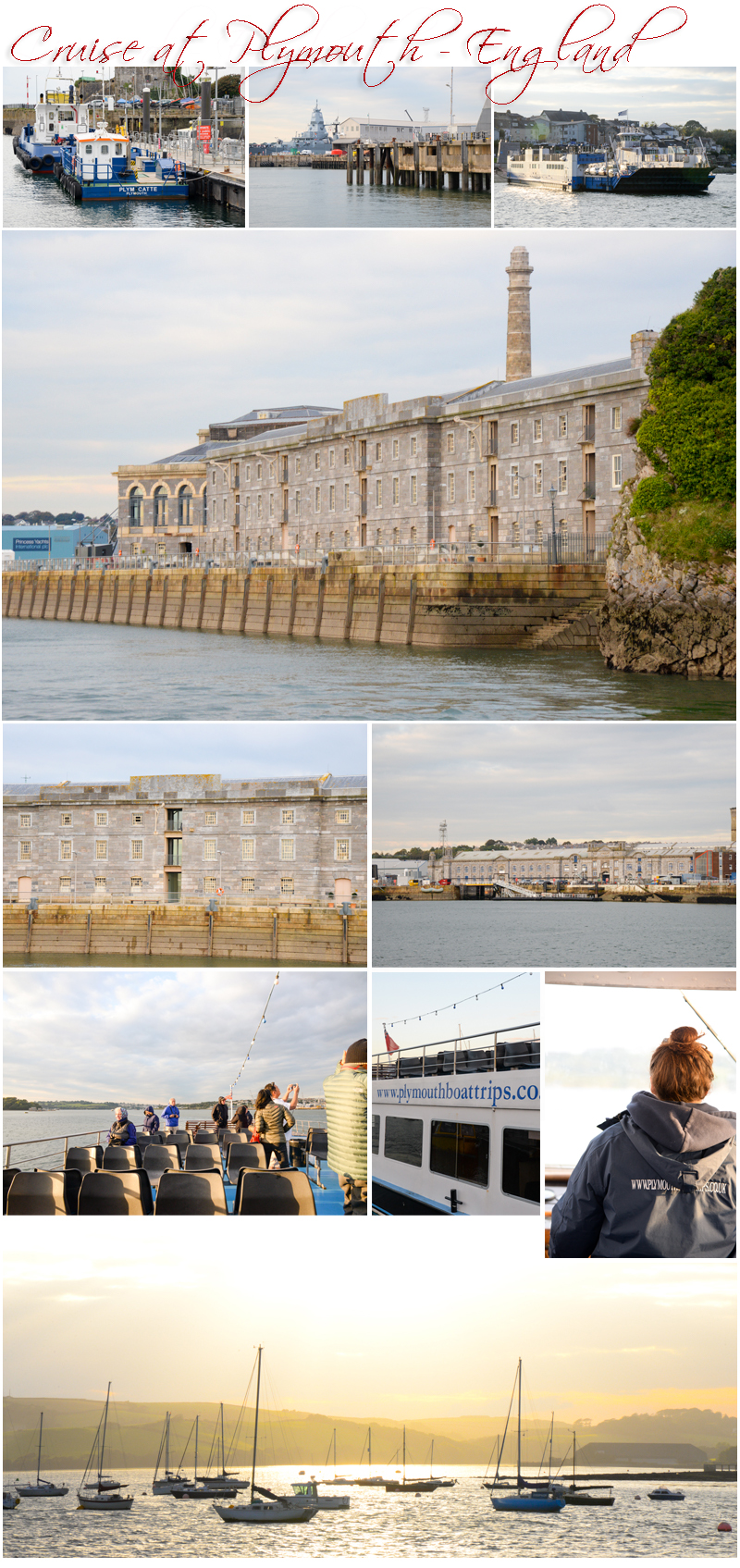 We cruise the harbour and have the sights pointed out to us, then as we head back to the wharf the sun sets in a brilliant display of gold rays breaking through cloud over the water. The colours of the water and day mute and soften. It is, I think, perhaps the loveliest time of the day.
We cruise the harbour and have the sights pointed out to us, then as we head back to the wharf the sun sets in a brilliant display of gold rays breaking through cloud over the water. The colours of the water and day mute and soften. It is, I think, perhaps the loveliest time of the day.Day Twenty Three – 7th. October – Friday – We depart Plymouth at the usual time 8:00 am and head towards the day’s main event, the prehistoric monument Stonehenge. It is about a three hour journey to Stonehenge and it’s lightly raining as we leave the hotel. I pack the camera away for the time as early into the trek I realise it’s not a particularly pretty drive as compared to our previous day’s views from the coach, and, as well, the windows of the bus are foggy and have rain drops on them. A short comfort stop around 10:00 am and then we are on our way again.
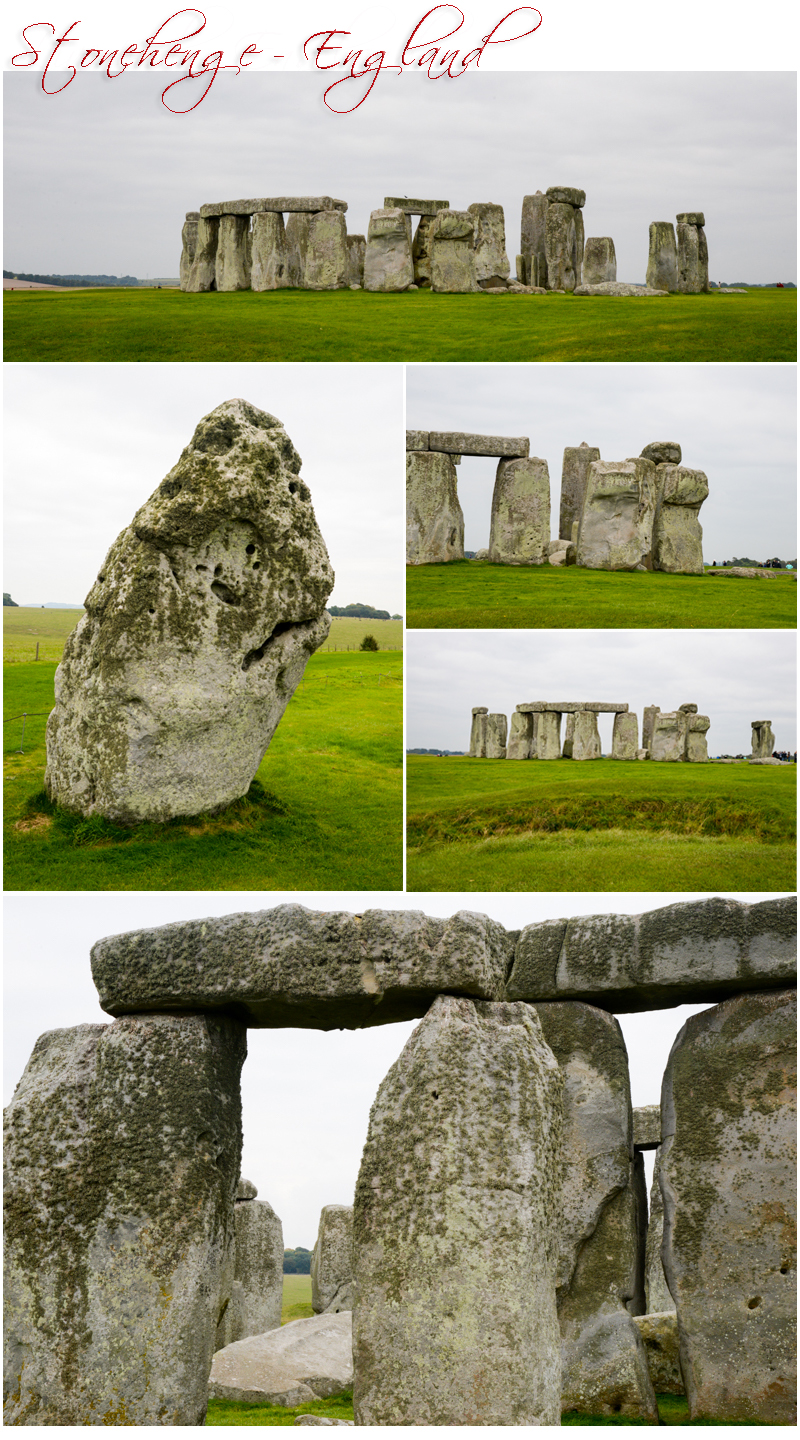 Each standing stone at Stonehenge is around 4.1 metres high and 2.1 metres wide and has been worked specifically for an aesthetic visual effect; this means the orthostats widen towards the top to retain constant perspective when viewed from ground level. Stonehenge today is incomplete as some of the stones are believed to have been removed. A total of 75 stones would have been needed to complete the circle 60 stones, and the trilithon horseshoe 15 stones. It was thought for a time the ring might have been left unfinished rather than stones having been removed, but in 2013 during a summer drought, patches of parched grass revealed what is believed to have been the location of removed sarsens.
Each standing stone at Stonehenge is around 4.1 metres high and 2.1 metres wide and has been worked specifically for an aesthetic visual effect; this means the orthostats widen towards the top to retain constant perspective when viewed from ground level. Stonehenge today is incomplete as some of the stones are believed to have been removed. A total of 75 stones would have been needed to complete the circle 60 stones, and the trilithon horseshoe 15 stones. It was thought for a time the ring might have been left unfinished rather than stones having been removed, but in 2013 during a summer drought, patches of parched grass revealed what is believed to have been the location of removed sarsens.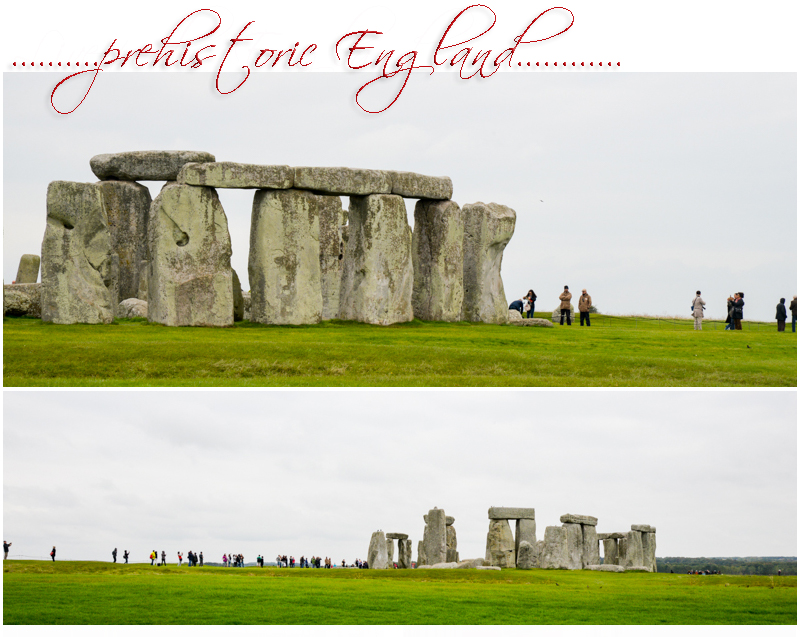 Stonehenge has changed ownership several times since King Henry V111 acquired Amesbury Abbey and its surrounding lands but in 1915 the site was sold for £6600 and after three years, it was given to the nation. In the 1920’s encroaching buildings had begun to rise around Stonehenge so the site was given to the National Trust to preserve. The buildings were removed but not the roads, and the land near Stonehenge was then returned to agriculture. Today a huge visitor centre, opened in 2013, is situated 2 kilometres away and shuttle buses ferry visitors, up to 9,000 a day, to the inspiring open but fully grassed, wind swept site.
Stonehenge has changed ownership several times since King Henry V111 acquired Amesbury Abbey and its surrounding lands but in 1915 the site was sold for £6600 and after three years, it was given to the nation. In the 1920’s encroaching buildings had begun to rise around Stonehenge so the site was given to the National Trust to preserve. The buildings were removed but not the roads, and the land near Stonehenge was then returned to agriculture. Today a huge visitor centre, opened in 2013, is situated 2 kilometres away and shuttle buses ferry visitors, up to 9,000 a day, to the inspiring open but fully grassed, wind swept site.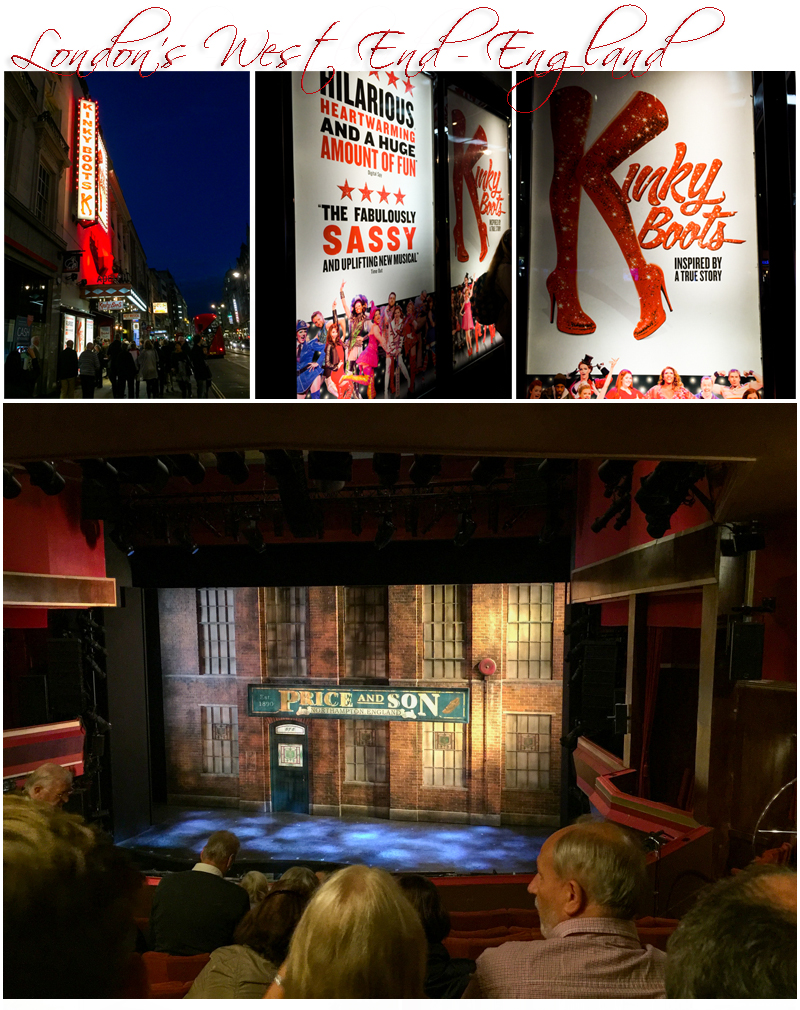 It was a little old Worlde as expected, as the theatres in the West End of London have many years of history in the theatrical performing arts. The sets were easily converted into the different backdrops required, and the costumes were brilliant. It was a complex story, but the lead singers were really entertaining and extraordinarily talented. The audience responded really well and at the end there were standing ovations. I had a fabulous time but have few photos of the night as once the show started, no photography was permitted.
It was a little old Worlde as expected, as the theatres in the West End of London have many years of history in the theatrical performing arts. The sets were easily converted into the different backdrops required, and the costumes were brilliant. It was a complex story, but the lead singers were really entertaining and extraordinarily talented. The audience responded really well and at the end there were standing ovations. I had a fabulous time but have few photos of the night as once the show started, no photography was permitted.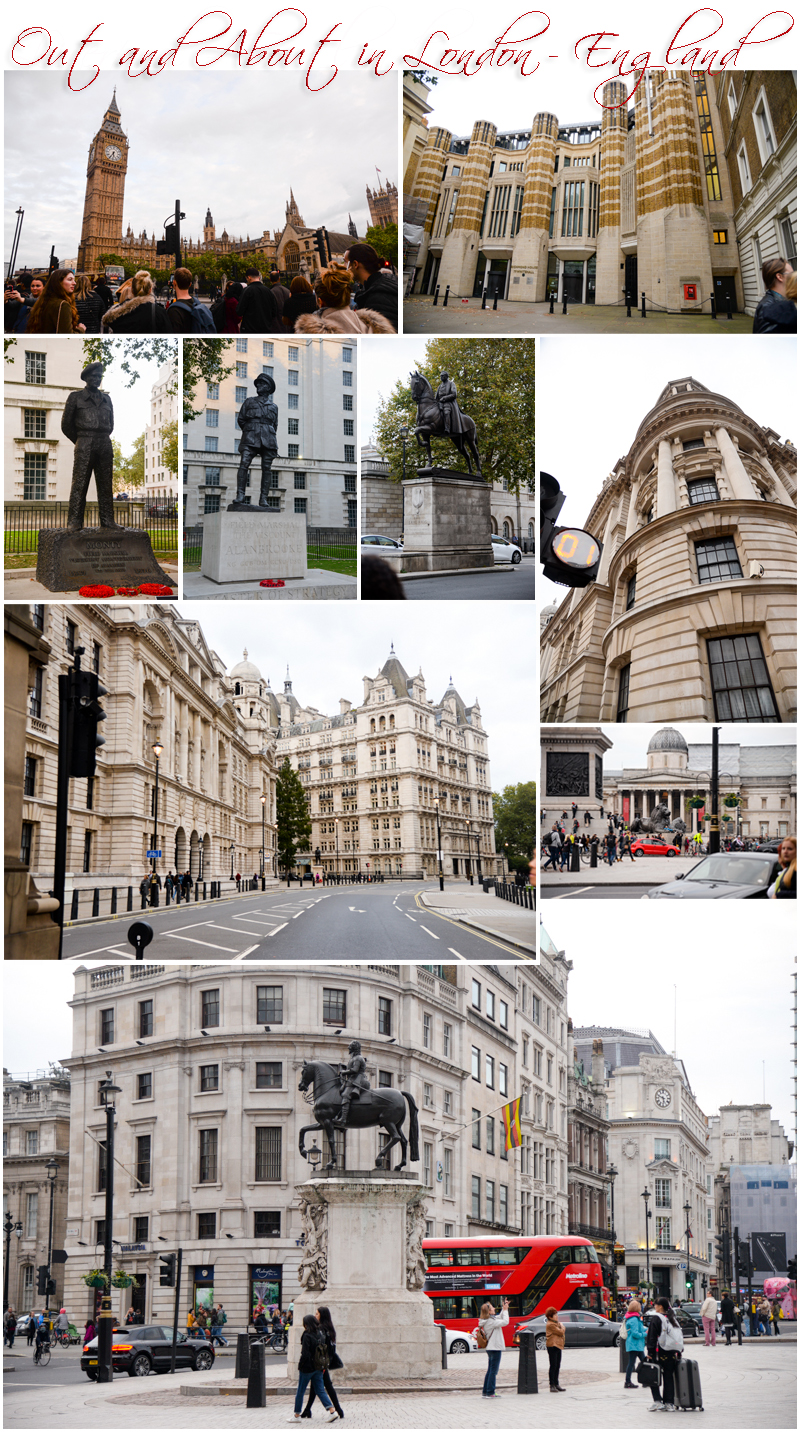 We head out of the subway station as the sun sinks low in the sky. It is fresh out but a jacket is not needed. Courtney tells me some historical facts as we walk past some of London’s most loved icons. Big Ben, Westminster Abby. We walk past 10 Downing Street. If I had my army card says Courtney I could get you through that gate she says. We pass the Houses of Parliament, the Remembrance Monument. Onto Trafalgar Square and its famous Lions. The Art Museum then on towards the West End.
We head out of the subway station as the sun sinks low in the sky. It is fresh out but a jacket is not needed. Courtney tells me some historical facts as we walk past some of London’s most loved icons. Big Ben, Westminster Abby. We walk past 10 Downing Street. If I had my army card says Courtney I could get you through that gate she says. We pass the Houses of Parliament, the Remembrance Monument. Onto Trafalgar Square and its famous Lions. The Art Museum then on towards the West End.
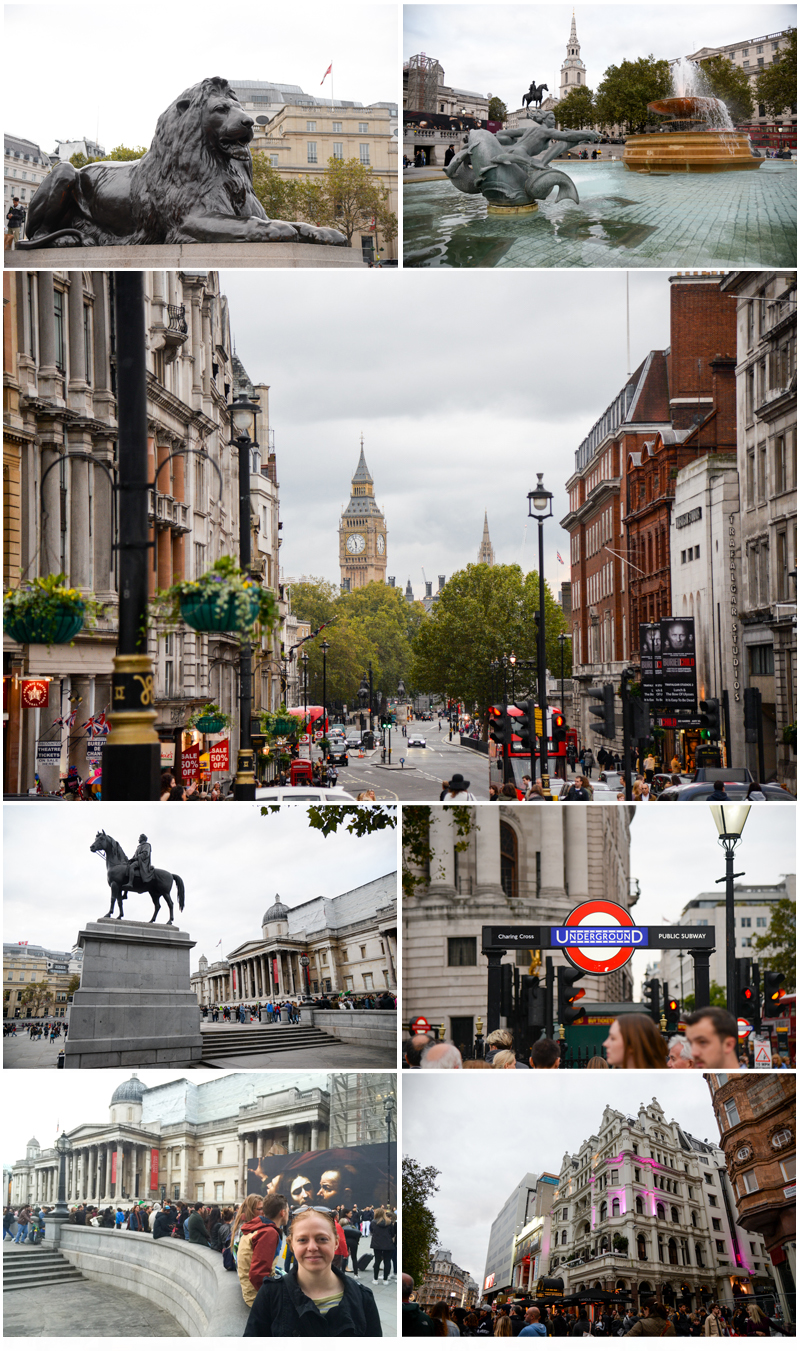 We start looking for a pub in Convent Garden as we plan to spend the evening eating at a pub and catching up. There are thousands of people out tonight on the streets, walking, dining, drinking. It’s noisy, busy and fabulously London. The camera is busy. We eventually find two pubs and it’s a toss up between The Nag’s Head and The Lion’s Head. (I guess the body parts of the rest of the animals weren’t important.) We have a theme going on here. There’s an upstairs dining room at The Lion’s Head so we head there. There’s a big noisy soccer crowd at the Nag’s Head celebrating after the football. We both have two pints of London Lager. And Steak and Chips before Profiteroles for Dessert. We spend three hours there catching up and enjoying some relax time. It’s a great night.
We start looking for a pub in Convent Garden as we plan to spend the evening eating at a pub and catching up. There are thousands of people out tonight on the streets, walking, dining, drinking. It’s noisy, busy and fabulously London. The camera is busy. We eventually find two pubs and it’s a toss up between The Nag’s Head and The Lion’s Head. (I guess the body parts of the rest of the animals weren’t important.) We have a theme going on here. There’s an upstairs dining room at The Lion’s Head so we head there. There’s a big noisy soccer crowd at the Nag’s Head celebrating after the football. We both have two pints of London Lager. And Steak and Chips before Profiteroles for Dessert. We spend three hours there catching up and enjoying some relax time. It’s a great night.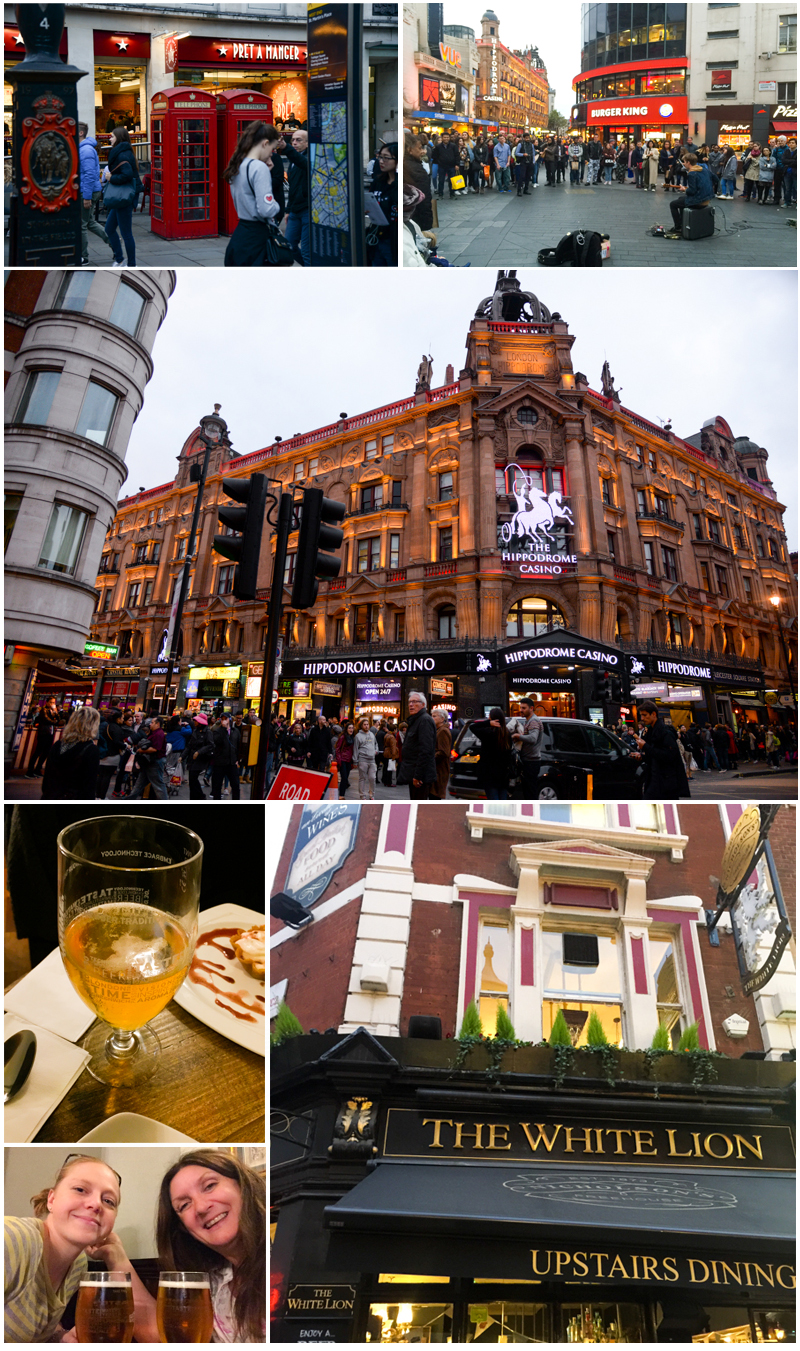 As we leave we head to the Convent Garden Tube Station and it’s a relatively straightforward trip back to Hammersmith as we don’t need to change trains this time. Courtney escorts me back to the hotel, then just inside the hotel. She says Sarah my daughter will never forgive her if she leaves me on the corner and something happens. Later she texts later how to get to The Tower Of London tomorrow.
As we leave we head to the Convent Garden Tube Station and it’s a relatively straightforward trip back to Hammersmith as we don’t need to change trains this time. Courtney escorts me back to the hotel, then just inside the hotel. She says Sarah my daughter will never forgive her if she leaves me on the corner and something happens. Later she texts later how to get to The Tower Of London tomorrow.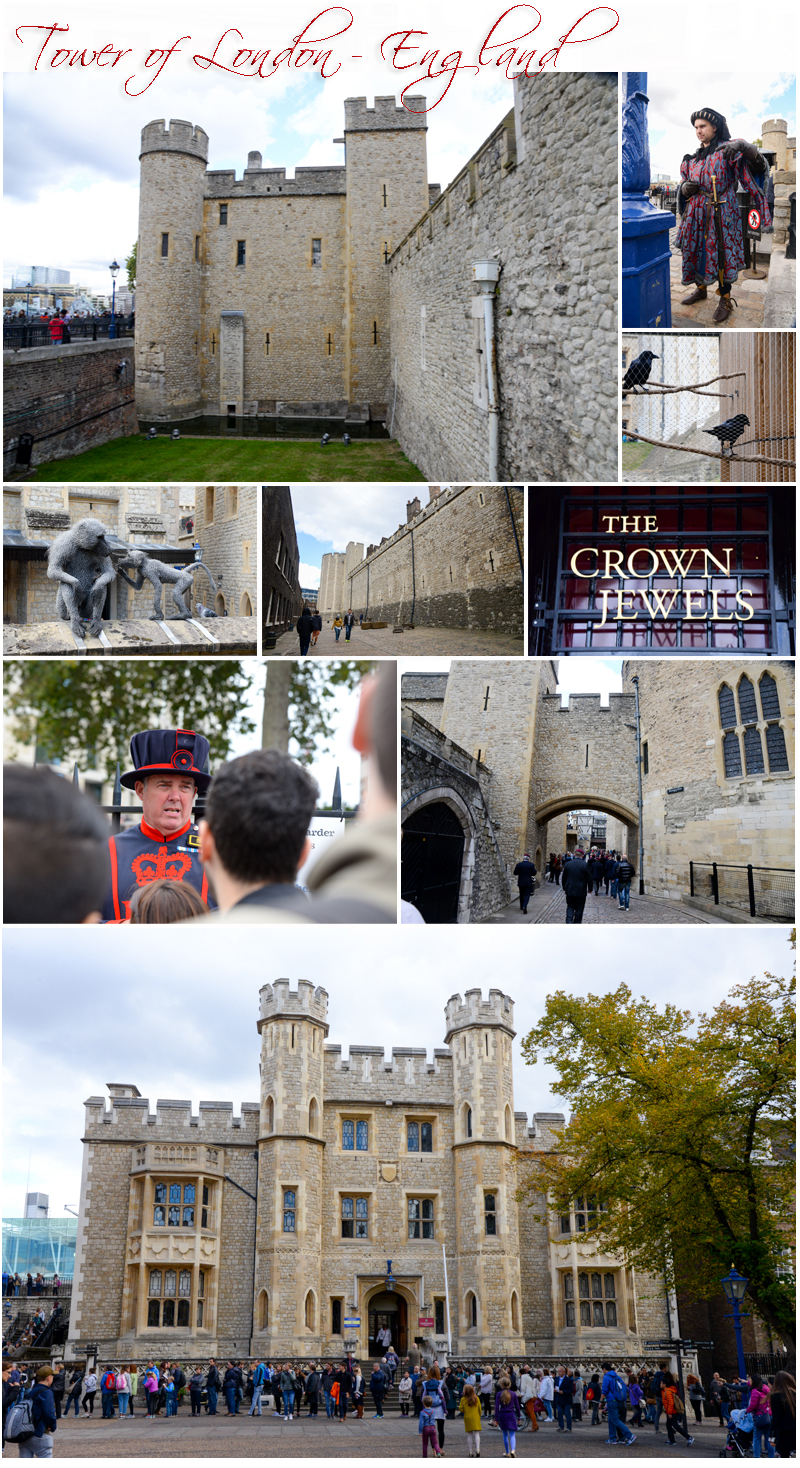 The Crown Jewels are stunning. I imagined, for some ridiculous reason, it would be like a pirate’s treasure, a big pile of necklaces, crowns, loose rubies, emeralds etc. but of course it’s a series of well spaced exhibits in a huge vault with doors weighing 2000 lbs, a row of splendidly ornate jewel encrusted swords and their scabbards, goblets, plates and tableware, and eventually, exhibit after exhibit, of splendid royal artefacts. There are the royal crowns including the crowns of Mary of Queen of Scots, the Queen’s Crown and the Queen Mother’s Crown, amongst others. Beautiful. Very sparkly. Lots of glitter. Lots of jewels. There had been an extraordinarily long line of slow people moving at snails pace to see the jewels today, and once at the exhibit, a motorised conveyor belt took you past them quickly. Very quickly. But well worth the wait and the time to see.
The Crown Jewels are stunning. I imagined, for some ridiculous reason, it would be like a pirate’s treasure, a big pile of necklaces, crowns, loose rubies, emeralds etc. but of course it’s a series of well spaced exhibits in a huge vault with doors weighing 2000 lbs, a row of splendidly ornate jewel encrusted swords and their scabbards, goblets, plates and tableware, and eventually, exhibit after exhibit, of splendid royal artefacts. There are the royal crowns including the crowns of Mary of Queen of Scots, the Queen’s Crown and the Queen Mother’s Crown, amongst others. Beautiful. Very sparkly. Lots of glitter. Lots of jewels. There had been an extraordinarily long line of slow people moving at snails pace to see the jewels today, and once at the exhibit, a motorised conveyor belt took you past them quickly. Very quickly. But well worth the wait and the time to see.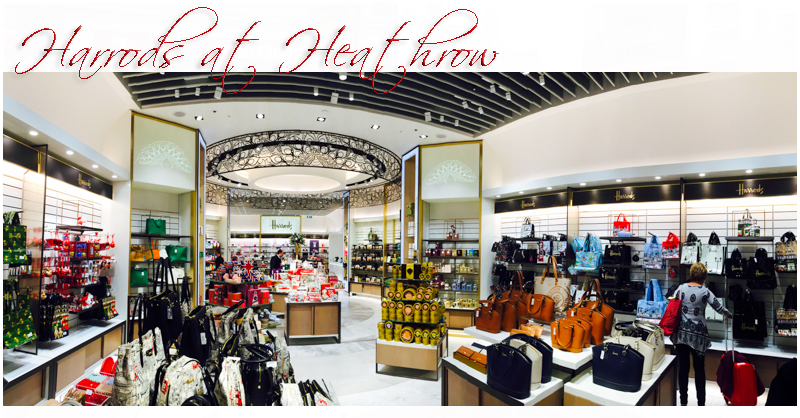 Our transfer picks us up at 3:15 pm and take us to Heathrow where we catch the plane to Dublin at 7:10 pm. The flight is an hour long and we then catch a cab at the airport to the hotel arriving around 9:30 pm. At Cassidy’s Hotel the bed is amazing! Tomorrow we join Back Roads Tours at 8:30 am for a twelve day trek around country Ireland.
Our transfer picks us up at 3:15 pm and take us to Heathrow where we catch the plane to Dublin at 7:10 pm. The flight is an hour long and we then catch a cab at the airport to the hotel arriving around 9:30 pm. At Cassidy’s Hotel the bed is amazing! Tomorrow we join Back Roads Tours at 8:30 am for a twelve day trek around country Ireland.